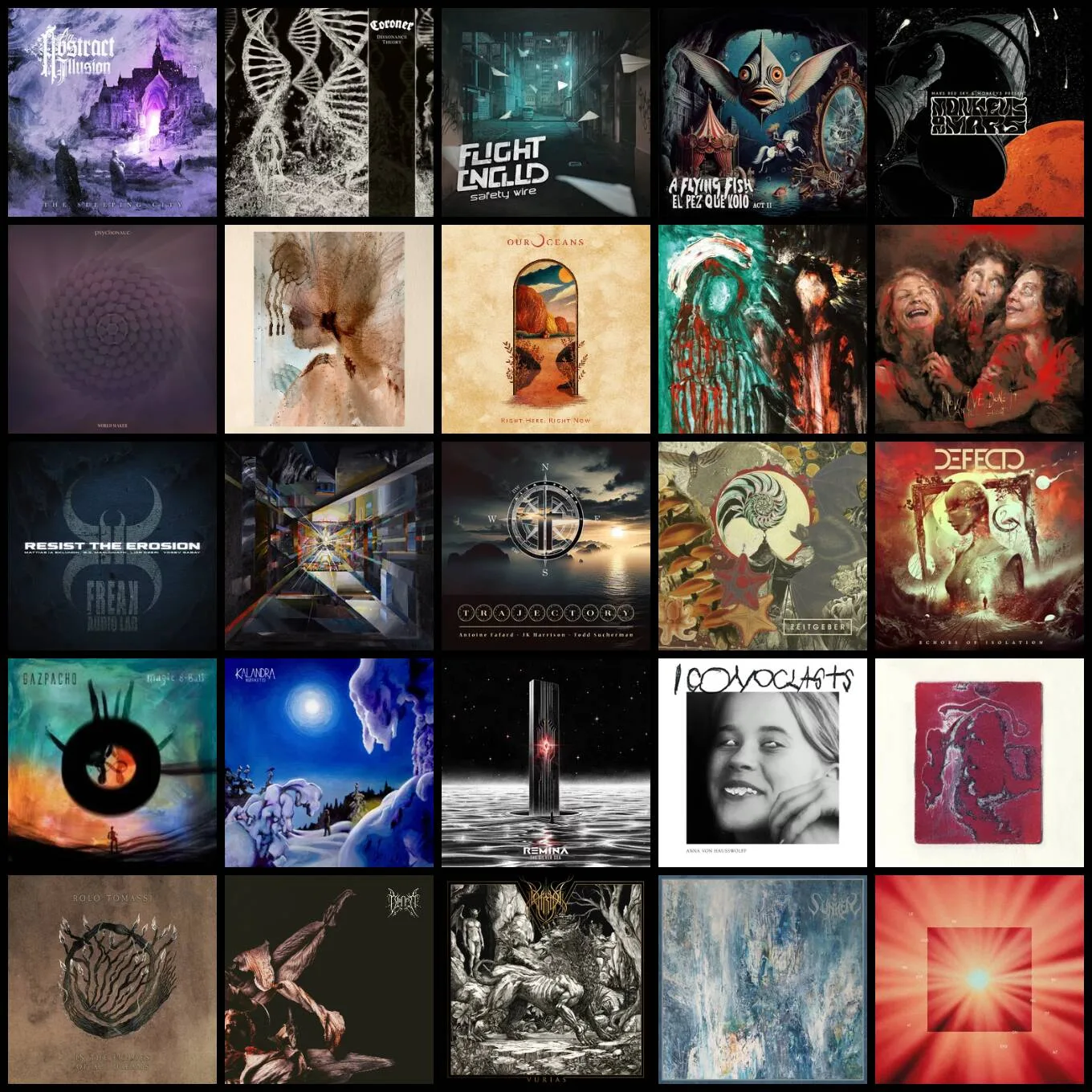
Dario: Welcome back to another episode of the Progtalks. I’m your host Dario and calling not far from here today is the singer of a German band A Kew’s Tag, Julian! Good morning, Julian, how are you doing?
Julian: Good morning. Very good. Very good.
Dario: Yeah, you guys, just recently release your second album “Hephioz” at the beginning of September.
So it’s been out for a couple of weeks. How has the initial, initial reaction been and, and what yeah. How, how was the release of the album for you guys.
Julian: First of all, it’s our third album. Actually the, the very, the very first album we, we self released. It was well, 10 years ago. So, so we don’t have to talk about that, but …
Dario: It’s not on the streaming services and you guys…
Julian: No no no, it’s actually only on CD.
Dario: You guys don’t have a bandcamp page. You have your own website. Where are we going to talk about later? But yeah. Okay. So your third album…
Julian: Sometimes you can get this, get that confused because you don’t find it anywhere. Yeah, it’s exclusively on CD. So the, the second, the second album “Silence of the Sirens”, we had our label Magic Mile Music where we now also released the third album, “Hephioz” yeah, two weeks ago, like Friday, today, two weeks ago. It was really a little bit sad because all the release shows were canceled due to COVID. So we can do anything about it.
Dario: But it’s now and…
Julian: It’s out now. The initial reaction was, was pretty overwhelming and the, in the press for us like this, this little nice scene of progressive welcomed us really nice with a, with a second album from, from Magic Mile Music. Yeah, like we had one, we had one release concert in Viersen (Germany) . It was it was a really nice concert, a really nice atmosphere, a lot of new people who didn’t see us before. So there was, there was really nice.
Dario: Wonderful. Yeah. You, you released a couple of singles leading up to that album. Actually also some live in the studio stuff and I believe lyrics video for ‘Metamorphioz’. So yeah, a couple of those songs have been out for, for, for some time. But yeah, you just mentioned also your, your, the previous album “Silence of the Sirens”, and that was released in 2015, right?
Julian: Yeah that’s right.
Dario: So now that you told us that the first album was out in 2010 you guys take your time making music, right?
Julian: Yeah, well, yeah. We, we want, we want to give the album, which we release, the time to get recognized, get listened to, and not, not be in the pressure to, to write anything unless the, the old music or like the, the the the up-to-date music is, has reached an audience.
So like, we, we. Obviously do do it faster because you do, you don’t really need that much time, like five years, but the question would be like why? and if, if you’re not in the position where, where you have an audience of a few million people. And you have the pressure to release also commercially, a lot more music, then it’s a different, different thing.
But, so now we take our time…
Dario: yeah, listening to “Silence of the Sirens” and then it feels for me, I think from what I hear for…. I think you, you, you guys have matured immensely songwriting-wise and, and also the production is, is has made a huge step up for, for those who don’t know A Kew’s Tag, of course, you guys are fairly unique in the prog scene, as having only an acoustic guitarist “only”
Julian: yeah, “only”…
Dario: You have to say because yeah, what I wanted to say is, in, in, in “Silence of the Sirens” the sound was a still very much “acousticky”, from this album, from this guitar. And so it, it felt at, in, in places it felt a little gimmicky and I had the feeling and that is like there’s no, No single second in “Hephioz” where I have the feeling, this is a gimmick or a where, where it annoys me or something.
It’s it’s, it’s just like a round whole thing that, that, that works perfectly for me. So yeah, starting with the songwriting. As I said, I think the, the songs on the “Hephioz” and with “Hephioz” being a concept album with all these themes, going back and forth. Like there’s like the second track is the true, true overture with, with all these musical themes.
Julian: Third
Dario: Synopsis, right!
Julian: Yeah.
Dario: The third one… with all those themes that are going to appear later. And it’s, it’s, it’s just so much fun to listen to if you also, you know, coming in a bit of, from a classical background where, where, you know, this this type of composing, where, where you, where you will have the overture, and then and all of this … how has the songwriting process working in A Kew’s Tag?
Julian: Let me, let me say just one quick thing to the to the approach with the acoustic guitar on, on the recordings….
Dario: yes, we it’s, it’s very interesting
Julian: Because you always, when we started out in 2000… at the end of 2010, so we all say 2011, because it was like November in 2010 or something. And in that we had the…like the approach to be. Like rock music, but with an acoustic guitar and maybe also in, in the direction of mainstream. But it, like when we started to write songs, it was quite, quite clear, relatively fast that we all had a, such a, let’s say progressive or metal background that we wouldn’t want to be that bad. The sound.
Kind of, kind of was a little bit more in the direction of little cautious and soft, let’s say soft in the first album. So the whole heaviness and also. The braveness to, to try and let the acoustic guitar lead the whole electric guitar distortion, a distorted sound area of progressive yeah, take a take awhile.
So we also think with “Hephioz” it came to the like, there’s, there’s the I don’t know the word in English. It all came together like the sound from, from a live set up, which was a lot longer, they heavy and rock and distorted sound. We didn’t, we didn’t like we didn’t really want to do this. In that way on the, on the “Silence of the Sirens” albums.
So this is the reason it’s maybe a little bit more cautious, a little bit more gimmicky. You want to say this …
Dario: But also, I think it’s a, it, it, it probably has been a learning process for you guys, as you .. You are kind of treading on unknown territory here. And then also probably tried different things with the sound and, and tried what works, what doesn’t work, maybe. When it comes to recording and all this stuff.
Julian: Yeah. We, live, like I said, live, we had this, this heavy and rock sound and we use two amps, and like one for the acoustic, acoustic sounds. And one for the, let’s say rock and heavy sounds, but always together. We had this approach since I don’t know, six, maybe even seven years, so a long time. But like what I said for the recording, we were a little bit more cautious for the, for the second album. So “Silence of the Sirens” and “Hephioz” yeah, we we thought, okay, now, you know, we come together, you got to come together. We found our sound on the recording, recording wise, we, we tried a lot. Yeah. Yeah. I’m so sorry. I completely forgot the question.
Dario: Yeah, no, now. We, we derived into the sound department, which was also very, very interesting and, and, and something I wanted to ask anyway. That for, for the songwriting. I mean, I know that that Johannes the guitarist is the main songwriter. Is he like flushing out all the music until the last detail before he presents it to you as the vocalist and the drummer? Or, or do you guys Have insights in, in, in, in earlier steps of the songwriting.
Julian: Oh yeah, we have, we have insights and the very first steps of, of the songwriting, but still we’re not that involved in the, in the creating in the further creating of the, of the music, for example. But we have a lot of. Talk about, is this, is this good? Or how do you like it just for motivating, even because it’s like such a big piece of work to, to, to to be to, to to fulfill, like, if you, if you want to write a concept album, for example, there’s this mountain of work ahead of you. So yeah, we were involved quite early, but he… Like he had the, the whole thing in his, in his mind. And so it was just finding the right direction for him. And yeah, we, we talked a lot for, for that, but There’s a lot of detail already involved, not for the drums, maybe so much as for me as a vocalist. So all the vocal lines, the melodies, everything was, was kind of set. But like, it totally makes sense because as you, as you already mentioned, the, the overture, there you’re really, you really notice the the, the richness of the, of the melodies and music, which is all over.
And like, like a distributed in the, in the album. So I can’t really come along and say, oh, I like another melody way better, but it never appears somewhere else, you know? So so it all makes sense. So to say for him to, to write also the melodies, because it’s all interconnected with the music So, yeah, it’s, it’s pretty much detailed for the vocals and pretty much detailed for all the like say the, not the rhythmic section.
And he has, he has some ideas about rhythmic rhythmical things with with the drums, but he he in flow flow talk, talk very, very loud, very, very very much about. How about the redneck stuff. So they develop that together.
Dario: Yeah. I was very, very surprised to notice here and there, how how the drums. Sometimes also play quite like also have overtures or parts, so to speak. So it’s, so it’s not like in the background, just making the rhythm that they’re they’re, they’re they’re really yeah, at the same level as, as the guitars I would say. You you are doing the lyrics though, but as far as I know the concept for “Hephioz” is also from Johannes.
So yeah. How, how, how did it go? First of all, I think it would be very interesting to know for, for Johannes when he started with “Hephioz”, did he have the concept in mind first or did you start with the music? You know?
Julian: Yeah, I know. I know. And because we, we talked to, we talked a lot about. Maybe writing concept album, the idea came actually while recording the, I think, I think while recording the “Silence of the Sirens” album? Already there, the idea was for the next album, maybe write the concept. Because there was one story we had in, we had in mind, but so yeah, we talked we talked a lot, a lot about a few ideas and then.
Like had one favorite, I think in his, in his head and he developed it further and then we talked about it and then he developed it even further. Then he told me the, the, the storyline, so to say, and I, I began to wrote. Like an, not an essay, but a like a, like a story, maybe three pages, I don’t know to get a feeling of how, how does the world look?
How do the, do the people behave there? How do like how do they speak to another and, and, and certain sort of things, these sorts of sort of things. And then he wrote the music. And after he wrote the music where every everywhere was clear. So in this part has to, has to happen that, and then this part has to happen that so lyric wise or a story wise, it was perfectly clear, which had to happen, what my English is, it’s really early in the morning.
So, and after the music was written I sort of only had to…. put the lyrics on that because like the, the story was clear. So yeah, it was really, it was really really interesting approach because you, you know, you have to say this leg, you know, you have to say that The Mother doesn’t want to her child to be Like a sad. So how do you say it? Okay. And do you have the melody and you have the rhythm, and that is really a really interesting approach actually. And yeah, that was really nice.
Dario: You just mentioned The Mother that, that brings us to the characters that you bring to life with your voice. And, and, and so there’s, there’s multiple characters.. There’s the Father, of course the S the, The Son and The Sister, and also this mythical creature called Hephioz and there’s a, the narrator and everything. So how did you approach the different characters? Did you… when you, when you, when you were recording the vocals.. Did you kind of… Go at it with a mindset of, of an actor, so to speak and think, oh, now I’m this character and now this character, or did you more try to, to, to emulate it with, I don’t know, different registers and stuff?
Julian: No, actually I I just had the emotion, like I. I had the approach of emotionally get into the character, not, not with my voice, because I don’t want to, like, I am not a voice character. So And I didn’t want to Mickey Mouse, the, the sister or something. So maybe I softened my voice when, when I was singing the sister, but not really maybe unintentionally but the, the, the, the big thing was to get into the emotion of what the character in that moment, like, felt this was really important, but no, no, not, not, not the register or something.
Dario: You mentioned when you, when you were started working on the, on the story that you yeah. Thought about the world you guys are creating and, and how the world looks and, and how the characters talk or whatever. And I think with the, with a few singles and also the, the album you, you have like really, really imaginative and beautiful cover artworks that illustrate this world of “Hephioz”. Maybe you can tell us yeah, a little bit about the process of yeah. About the artist and, and the cover artwork.
Julian: Yeah. When we, when we talked about the, the artwork and like, how could it look? And we all were pretty clear that it had had to be drawn, drawn… hand-drawn… that it then had to be done by hand. And we searched for a few artists, which like we knew that they, that they draw… and we found Sebastian Jerke. He’s pretty, well-known in the metal scene. And we immediately had a connection with him. He really liked the album and had a few ideas, which was perfect. So we just like, I think, honestly we just said, okay like go and do like whatever you want. And it was, yeah, it was quite, quite the perfect match from the beginning.
And this is, I think you see this also because it’s just, you had the perfect mindset for what we wanted and the perfect idea. It really fits to the story. I think And yeah, it’s, it’s, it’s funny to talk about if you don’t know how it, how it looks, so you’ll have a look,
Dario: We will have it also, when you’re listening and watching on YouTube, you will also see it on the screen.. now all the time, but yeah.
Julian: Yeah, the that was quite nice with the singles because, so we have the limited edition vinyl. Which is the only product we have at the moment. And there you have like the, the cover artwork obviously, and the backside and the little surprise in the, in the, in the gatefold middle, so to speak. But what we don’t have is the single artwork, which is really nice that we had the like the one year of, of releasing singles. We had. A single artwork for every release, which you can see on Spotify or or wherever…
Dario: Yeh go to the facebook page.
Julian: Yeah. Right, right. And, and this is really nice because this, the, the artworks tell the story of always a little bit and because the artwork is so, so nice and, and. And, and awesome. It is yeah, it’s, it’s quite, it’s quite nice to have these both like the single, the single release line of the artwork, and then the final product with the, let’s say the most important artwork. It’s a. Just I’m, I’m really happy about about the, about the artwork. Sebastian Jerke, great guy.
Dario: Wonderful. And I really hope that very soon some more gigs are going forward that I can snatch me a copy of this gorgeous vinyl.
Julian: Oh yeah. Yeah. We hope next year will happen a lot, a lot more.
Dario: We’re going to talk about this in a second. I wanted to ask you though, as, as I’m also having a bit of a classical background myself like being brought up with classical music, playing the cello and whatnot. There’s, there’s also some straight is some beautiful string quartet arrangements on “Hephioz”, and especially in the track “Metamorphioz”. Which is a very Bach-like harmony and composing structure. And I think you, your voice also matches this perfectly there like. Just fits in well with with in the, in the string quartet context. So for you as a vocalist do you have any classical training or are you self-taught or what’s your background? Vocal wise.
Julian: Yeah, it’s funny that you asked, because my background is, let’s say purely classic. Because I started out when I like truly wanted to sing and took lessons. There was classical and I studied classical singing as a, as a main My main instrument when I studied for master.. So I’m an audio engineer and a, like with a little more, or not a lot, a little more, a lot more music as you would normally have as an audio engineer. So it’s a special study in Germany. So yeah. Then my main instrument was yeah vocals….
Dario: I didn’t know that existed.
Julian: Oh yeah. Yeah, it does. It does. And yeah, the, my, my, my, my singing background also, I was singing in a choir a lot. And like I started with, I dunno, maybe 16. I also sing with the guitar, so not classical, but the whole, the whole training, the whole lesson that, since I got was in the beginning where a classical yeah.
Dario: Beautiful. Yeah. And with “Metamorphioz” or. Like the funny thing is yeah, you guys had a concert scheduled here in Munich for this fall which sadly got canceled. But. There was another band on the bill called “Son of a Bach”. And also when I was looking for, for A Kew’s Tag, ah take videos on YouTube, there, there would be the occasional Son of a Bach video popping up in the search results. So and looking at the credits there, I see. This is basically more or less the same band.
Julian: Yeah basically it is the same band
Dario: So I I’m, I’m, I’m super curious what, which band was first. It was the difference between the two bands and, and yeah. What is Son of a Bach? (laughs)
Julian: Yeah, that’s funny because it’s completely different. The, the only thing, like let’s say the only thing, which is the same are the people. So me, Johannes and Florian. But, oh, well, which was first, I obviously A Kew’s Tag was first Oh, it’s, it’s also a long time ago when that… it started as a video project. And I wasn’t even involved in the whole, whole beginning. Just sometime Johannes asked me if I could film maybe the video, the first video, and then I filmed and it all went great. And we put the video up and. Expecting the best thing and nothing happened. But after like, I don’t know, two, three years, some algorithm in YouTube or some website, somewhere else mentioned it, I don’t know. But then the views get expanded exponentially up. And yeah, we did another video and another video and another video. I’m, I’m always in the background there. So in A Kew’s Tag, I’m in the front with a microphone doing the lead vocals, but in Son of a Bach I’m completely in background. I’m not seen on screen.
I do the, mostly the audio, sometimes the video, but we now have a really good friend who does it a lot better? I think. So sometimes he does it sometimes. I, or we do it. Yeah, so Son of a Bach it’s completely different. Except that Johannes, Florian and me are part of both… Son of a Bach is covering, like, let’s say covering Bach pieces, but in rock progressive metal ways.
And the approach is. Was that we only do videos and I think two years ago we played the first time live and it like, it was really, really good and really great. The audience loved it. So we decided to to do the support show, for A Kew’s Tag. it would just really, it would just be not only funny, but also. But also really, really exhausting because it’s for me, for example, it’s I want to concentrate on my thing. I want to sing little before the concert, but I can’t because I can’t warm up because I, I have to. To arrange all the mixing stuff for the guys on stage because I mix them live then. And for them it’s even more, more exhausting because they have to play.
Yeah. They have all the costumes because they play in Baroque costumes. I don’t know if some guy will say, oh, they’re not Baroque costumes, but for me, they’re Baroque costumes… And they have to play in them and then they have to switch and that’s yeah. That’s quite quite exhausting, I think. But yeah, it’s really funny. Just, it’s just fun. Yeah.
Dario: I’m super curious about that as well. And also checking out the videos Yeah, we, we already mentioned, yeah, we, we, we were just talking about live stuff and that of course we hope that next year there’s going to happen a lot. But like semi live or. Yeah, you guys will be playing at The Progspace Online Festival as well. Yeah, I’m super happy that you’re part of that. What can we expect?
Julian: Oh yeah. Yeah. We have we have preparing at the moment for for a set with I don’t know, three, four songs, maybe even to like to show, showcase the, the album the story a little bit, maybe we’re really excited to be part of, of that because it’s a quite, quite unique and such a lovely scene.
So the progressive, the progressive family. So we, yeah, we’re just excited to, to have a part in that. Yeah, we’ll be fun.
Great.
Dario: Yeah. Thank you. Julian for taking the time this morning to talk to us about all things A Kew’s Tag, “Hephioz” and Son of a Bach and whatnot.
Julian: Thank you!
Dario: You guys out there you guys are there, go check out their stuff. It’s really, really a lot of fun. So listen to the album to, to watch the music videos, we’re going to link all the stuff. Of course, go check out the vinyl and buy one. As always thank you also for listening. And if you like what we’re doing leave us a like, and subscribe to our channels until next time, stay safe and keep spreading the ProgLove.
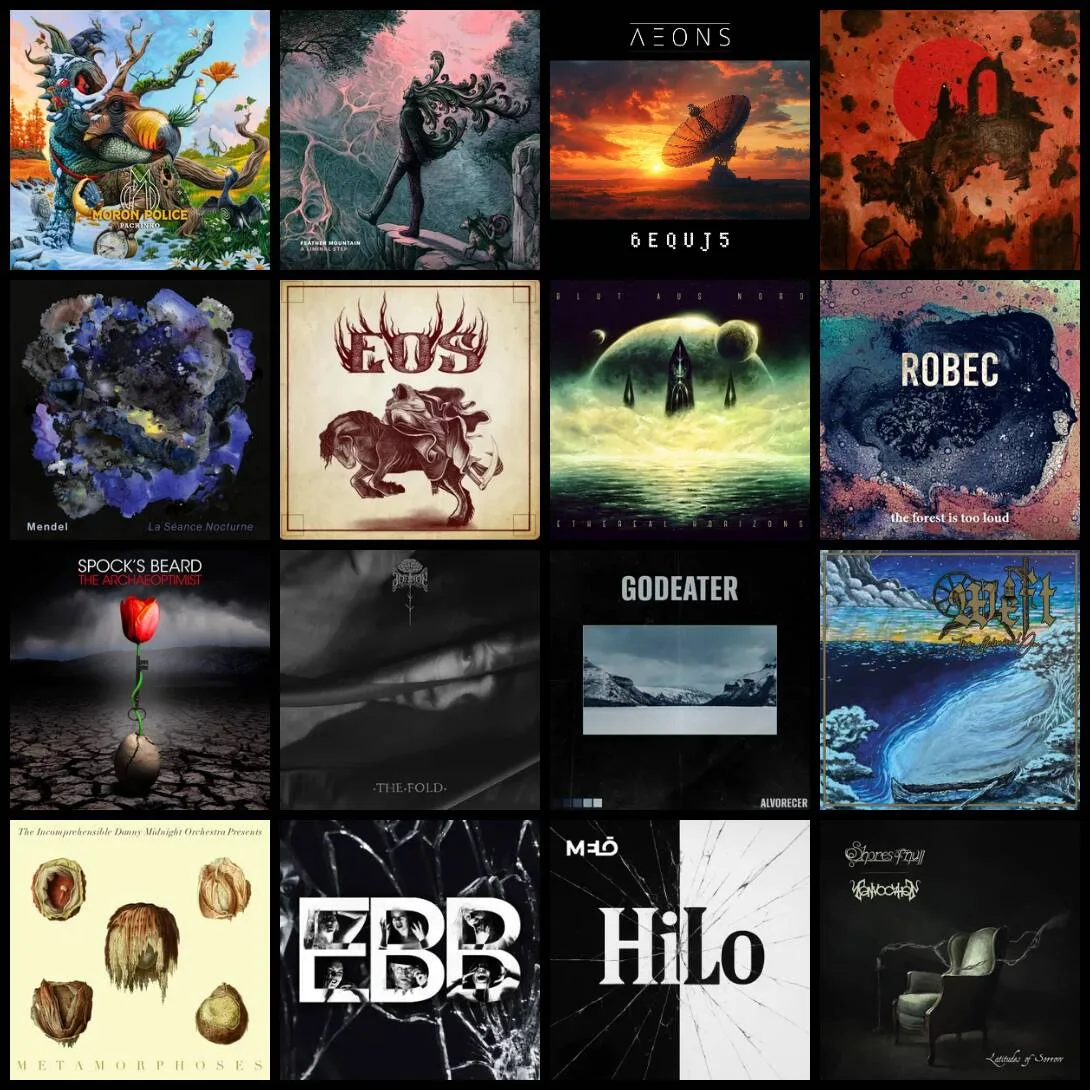
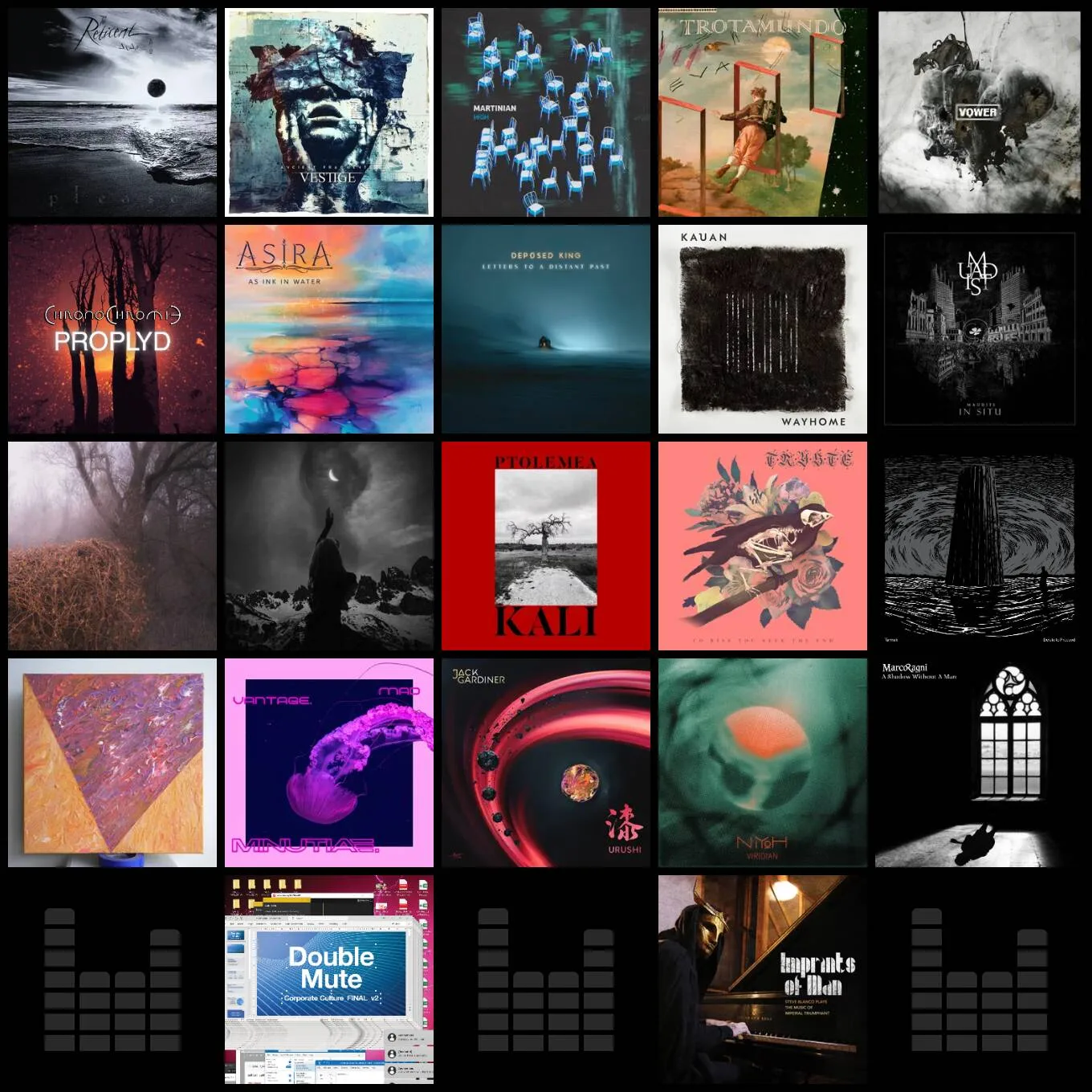
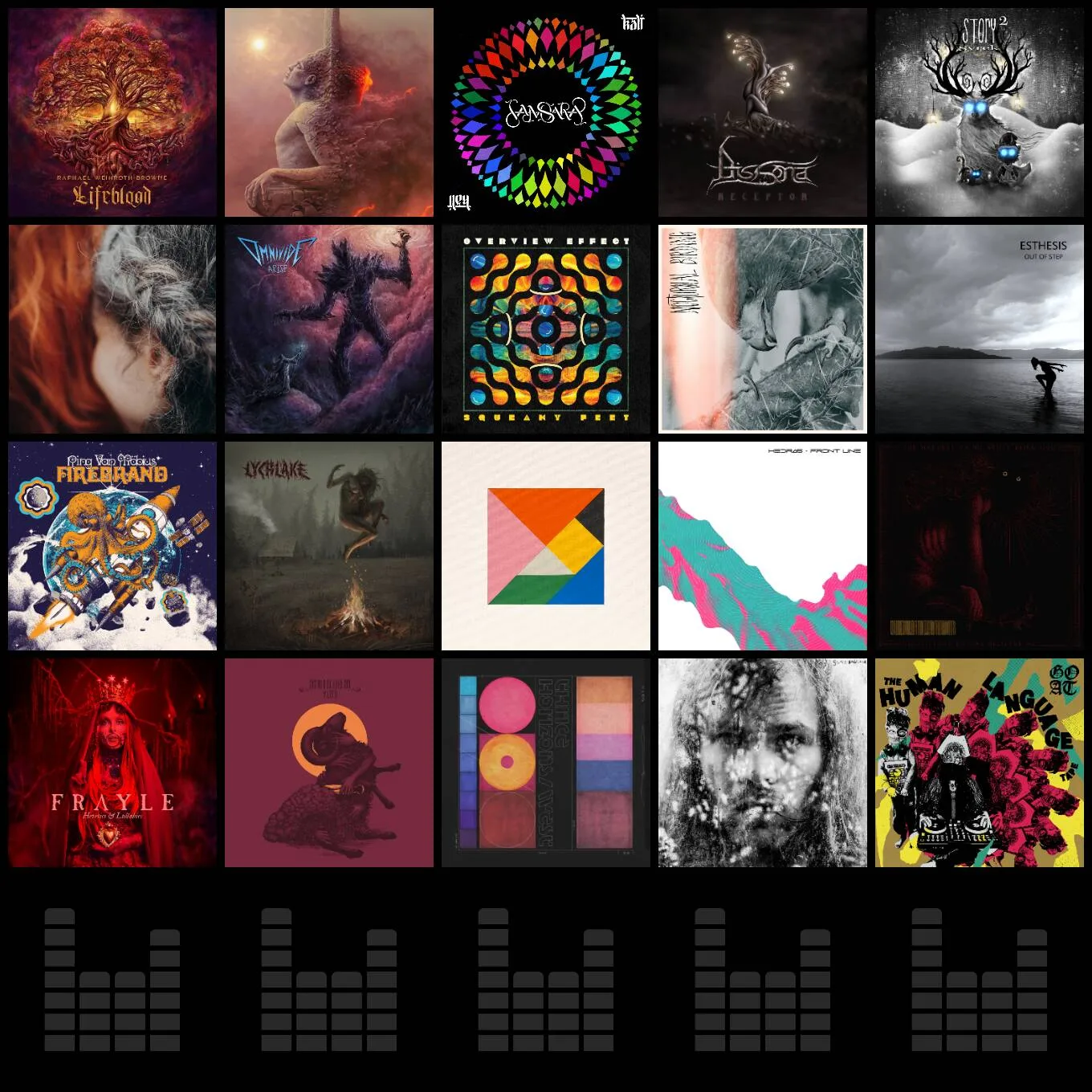
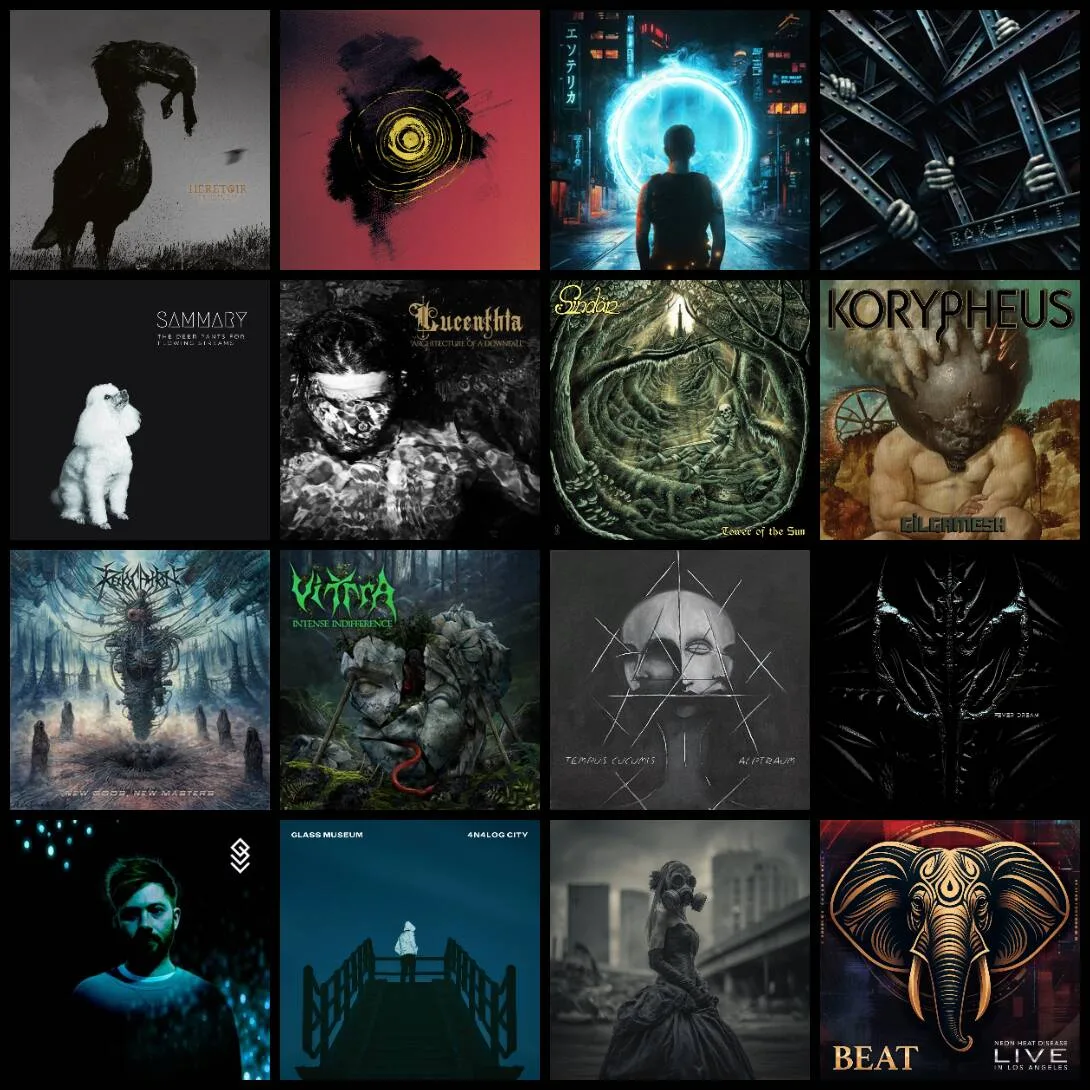
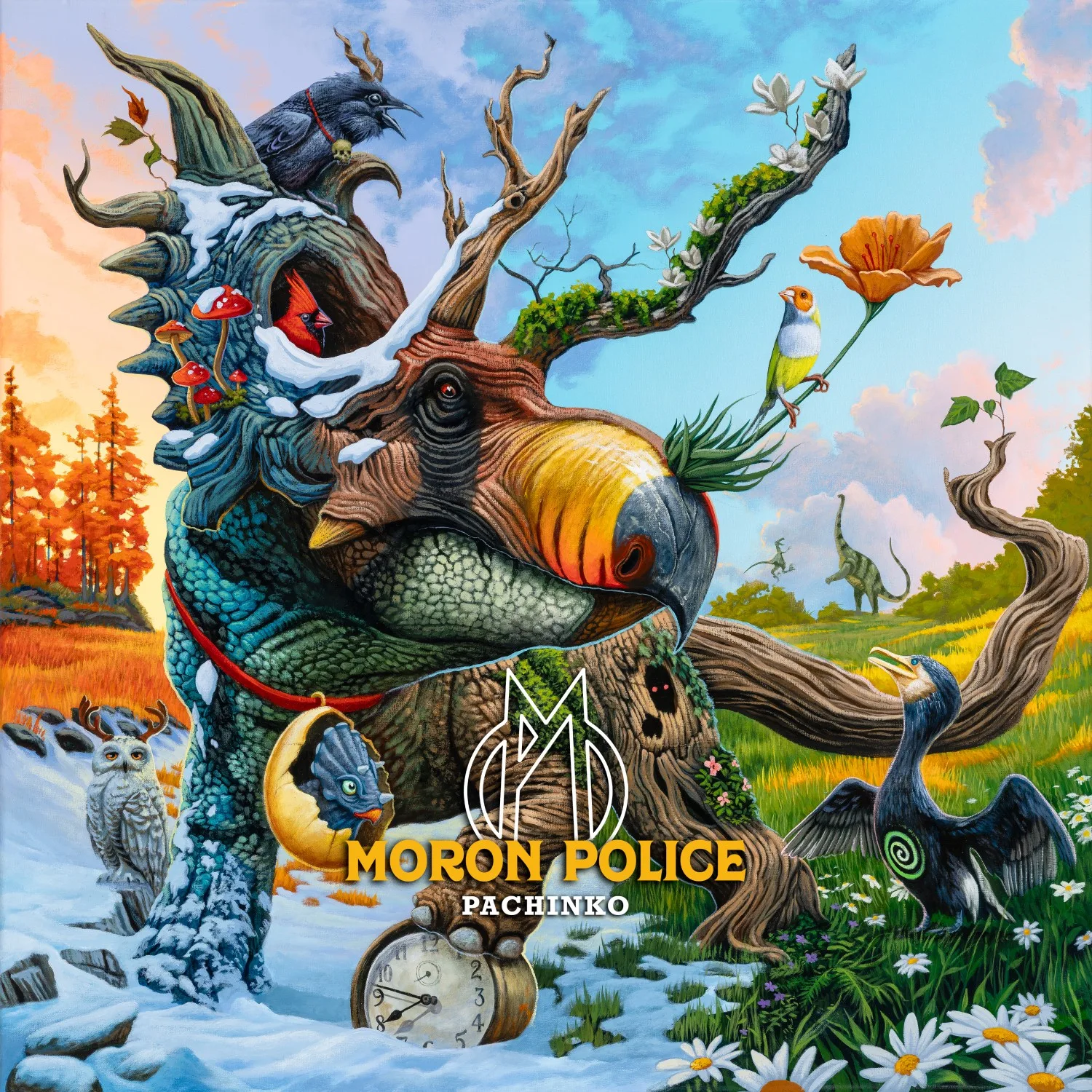
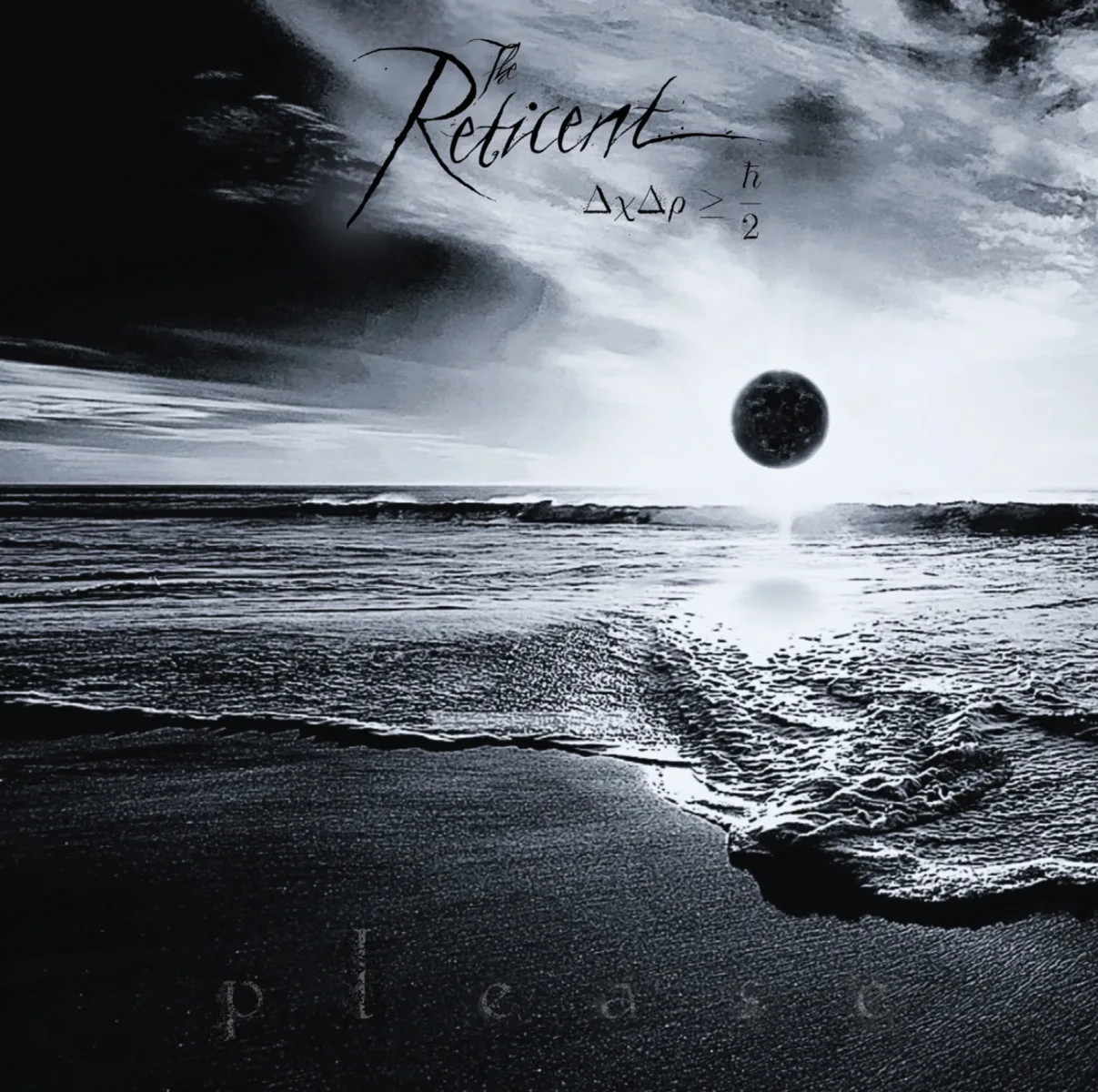

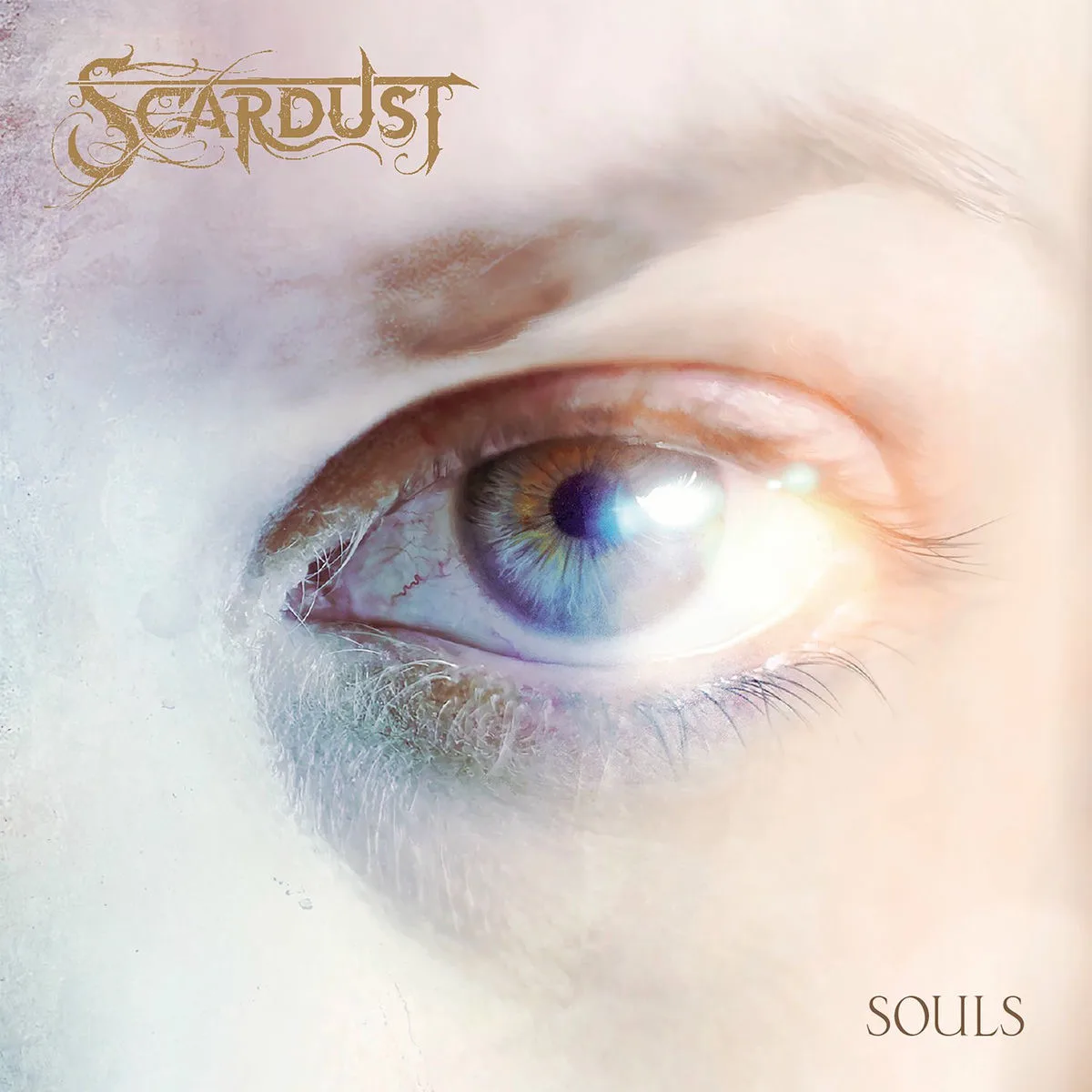
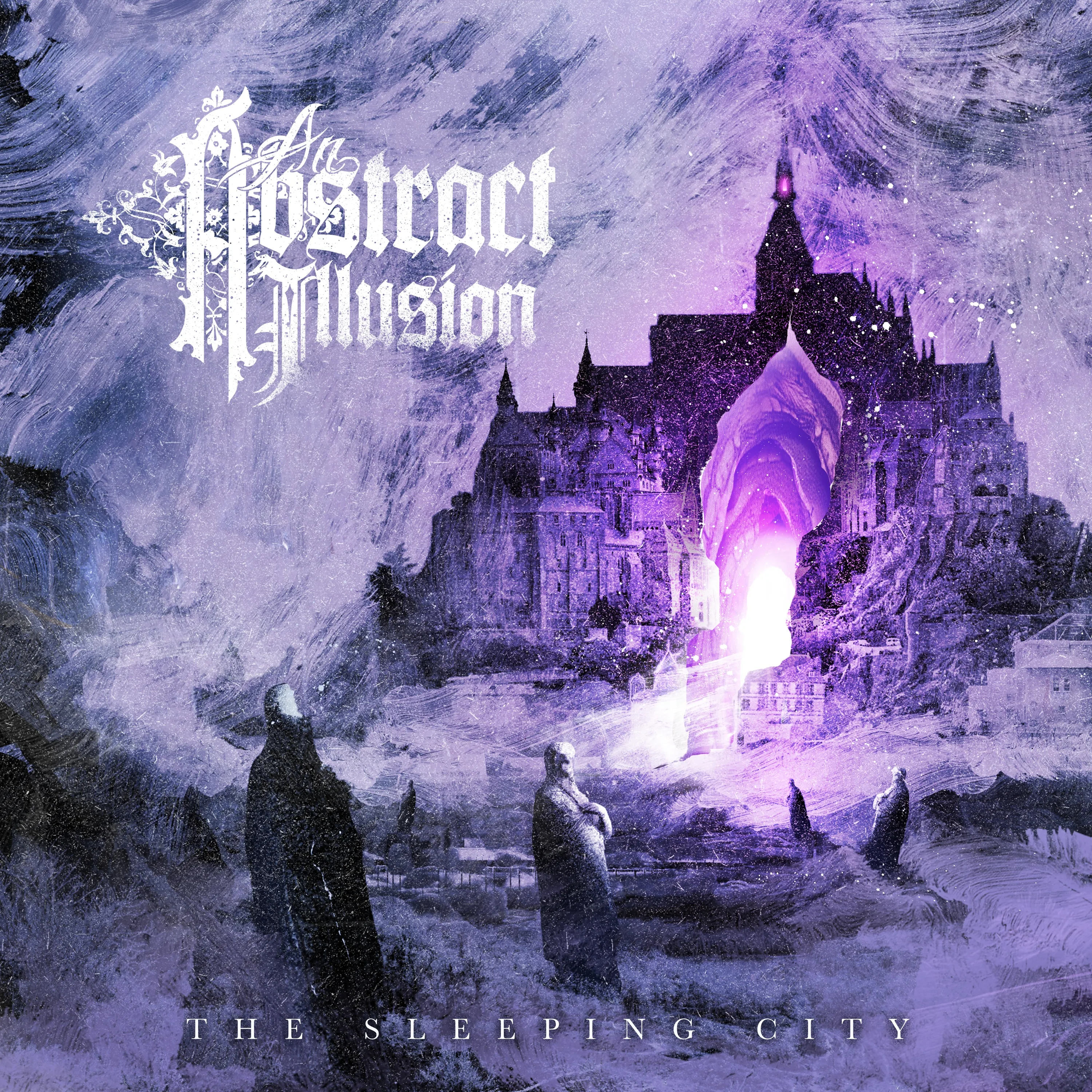
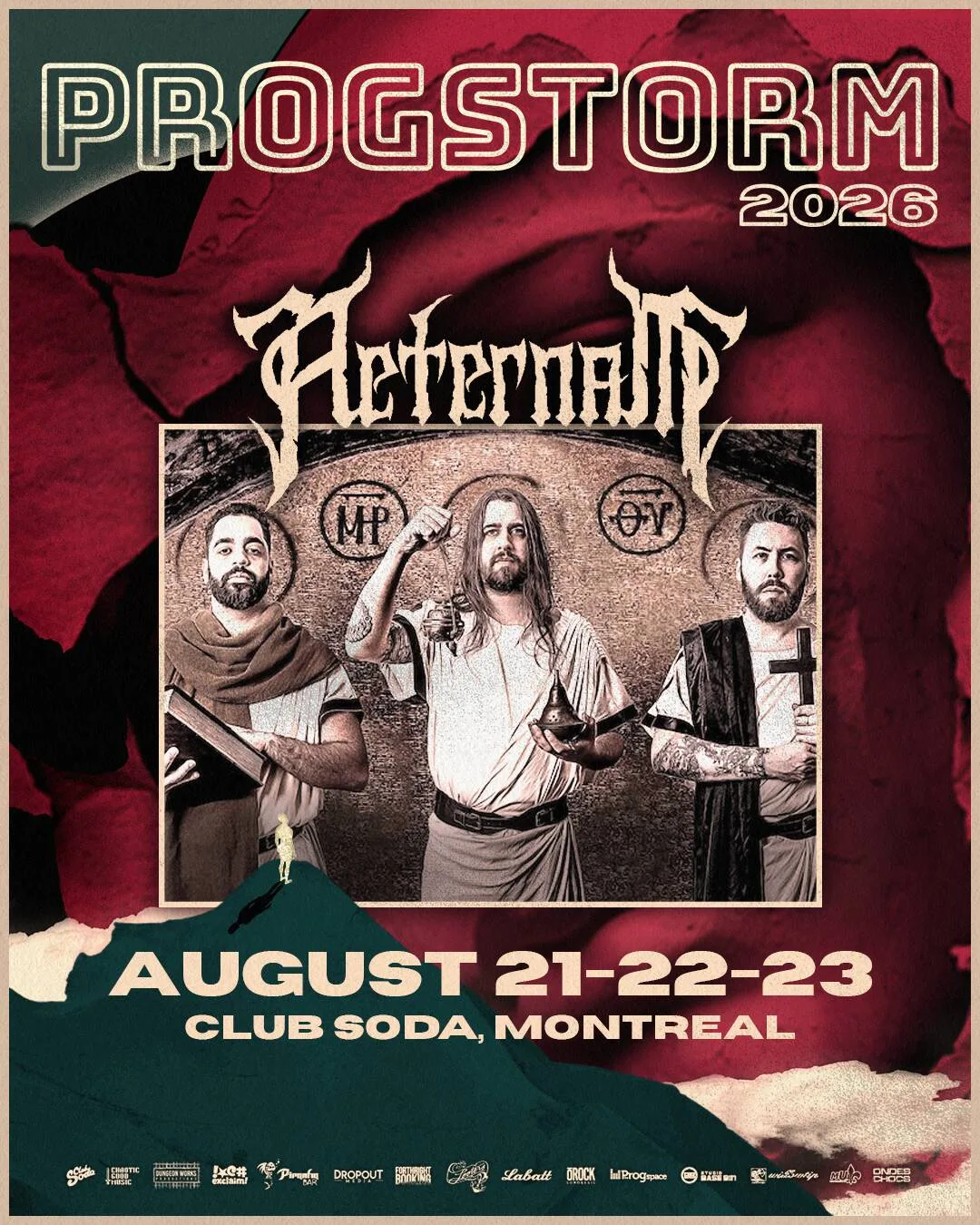
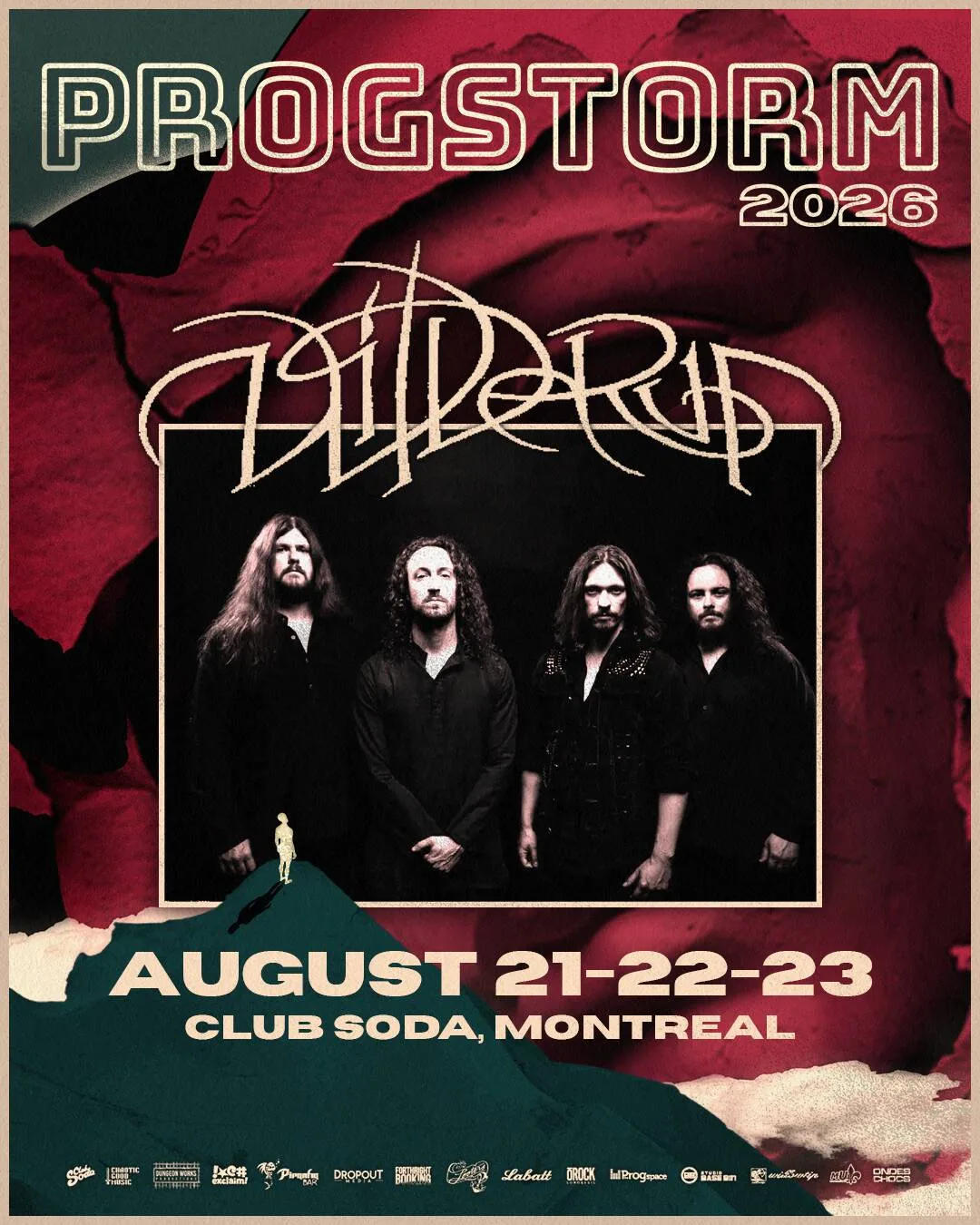
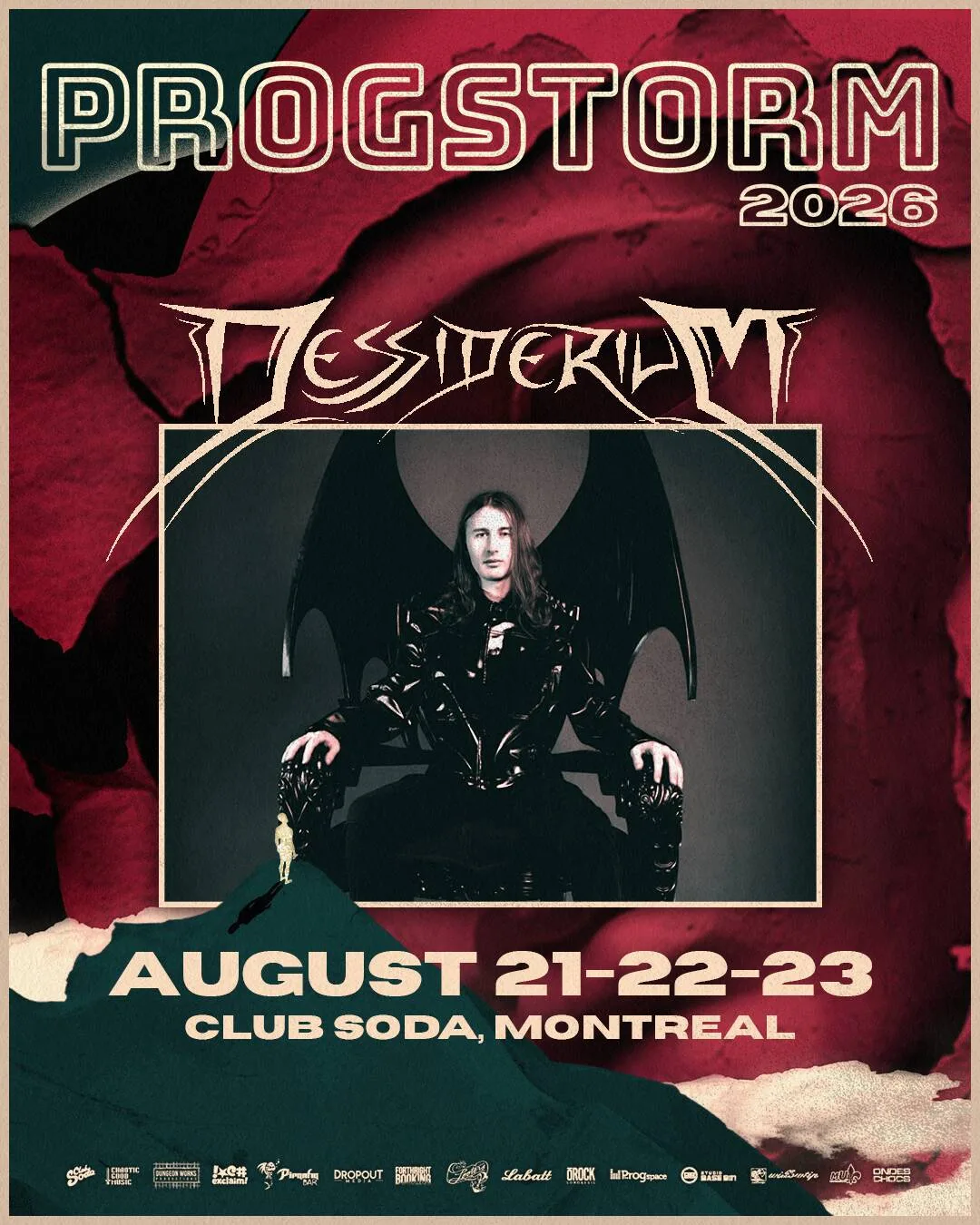
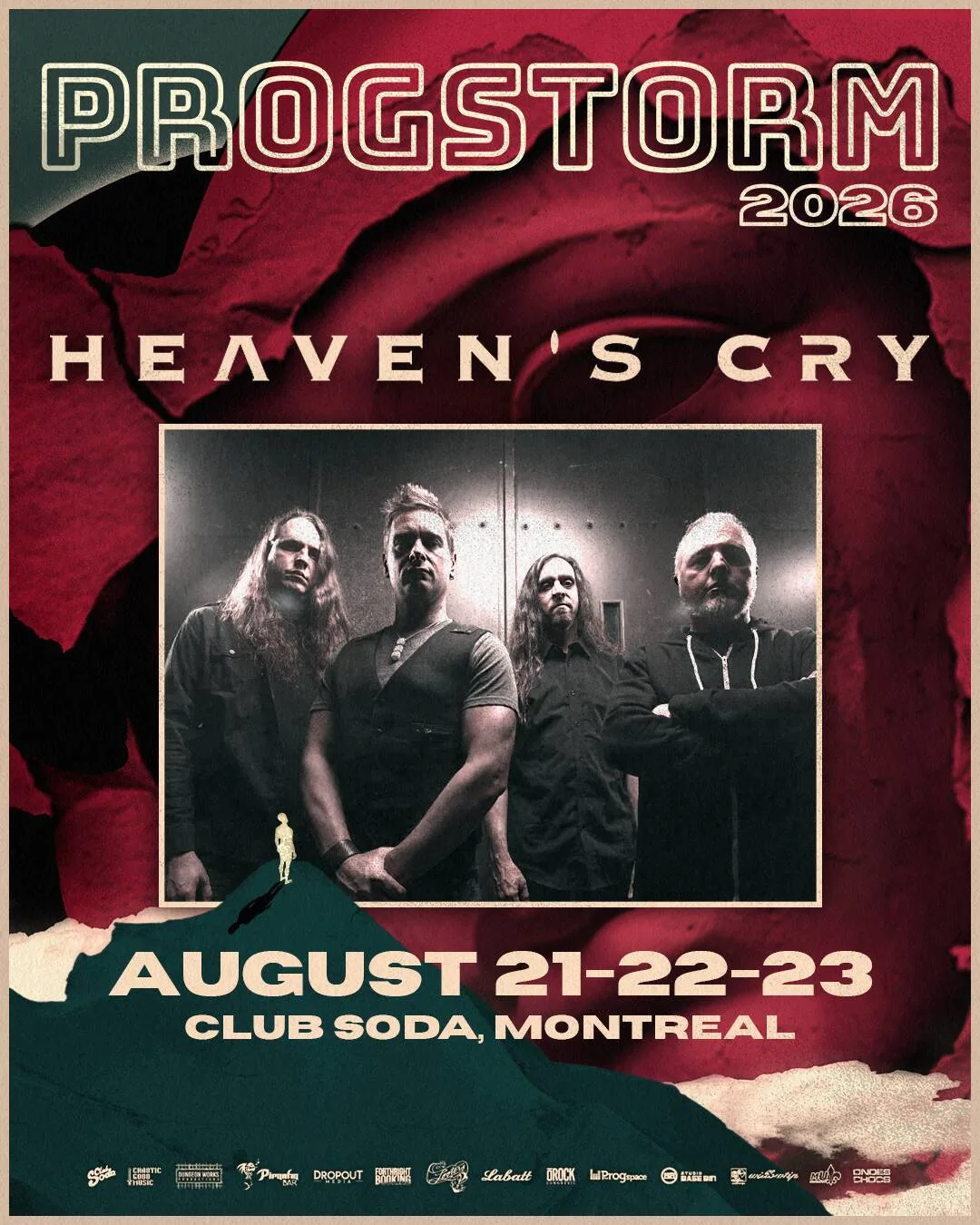
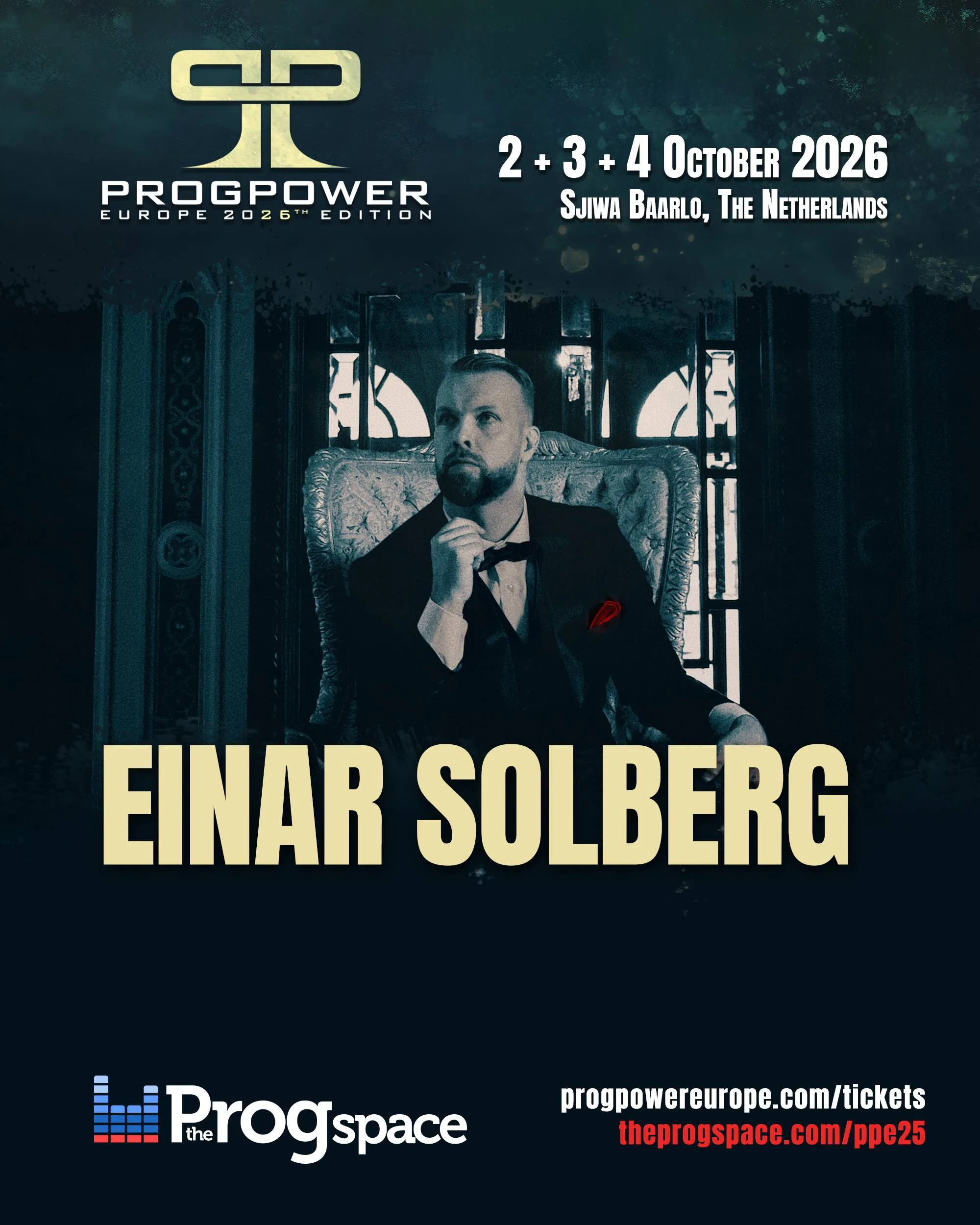
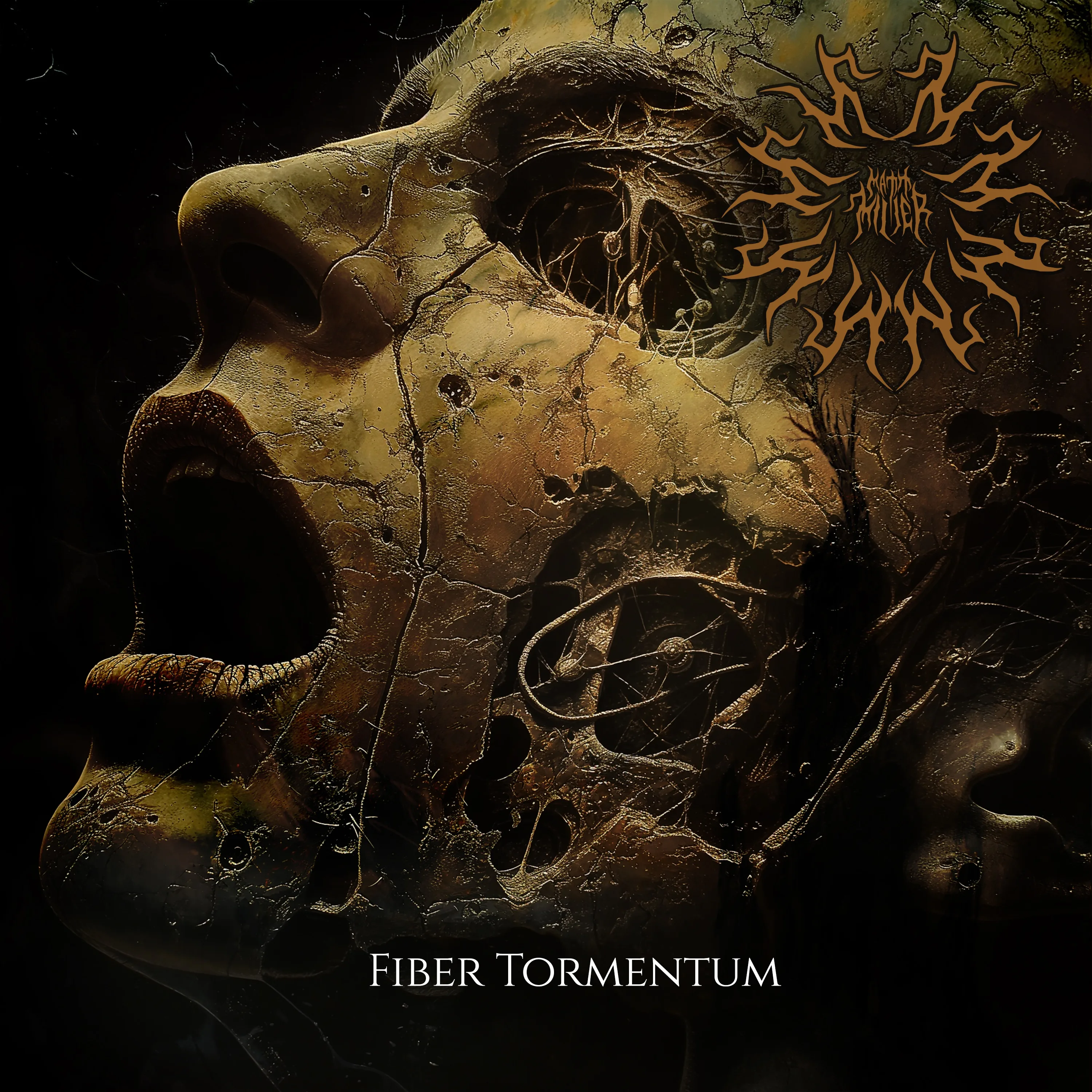
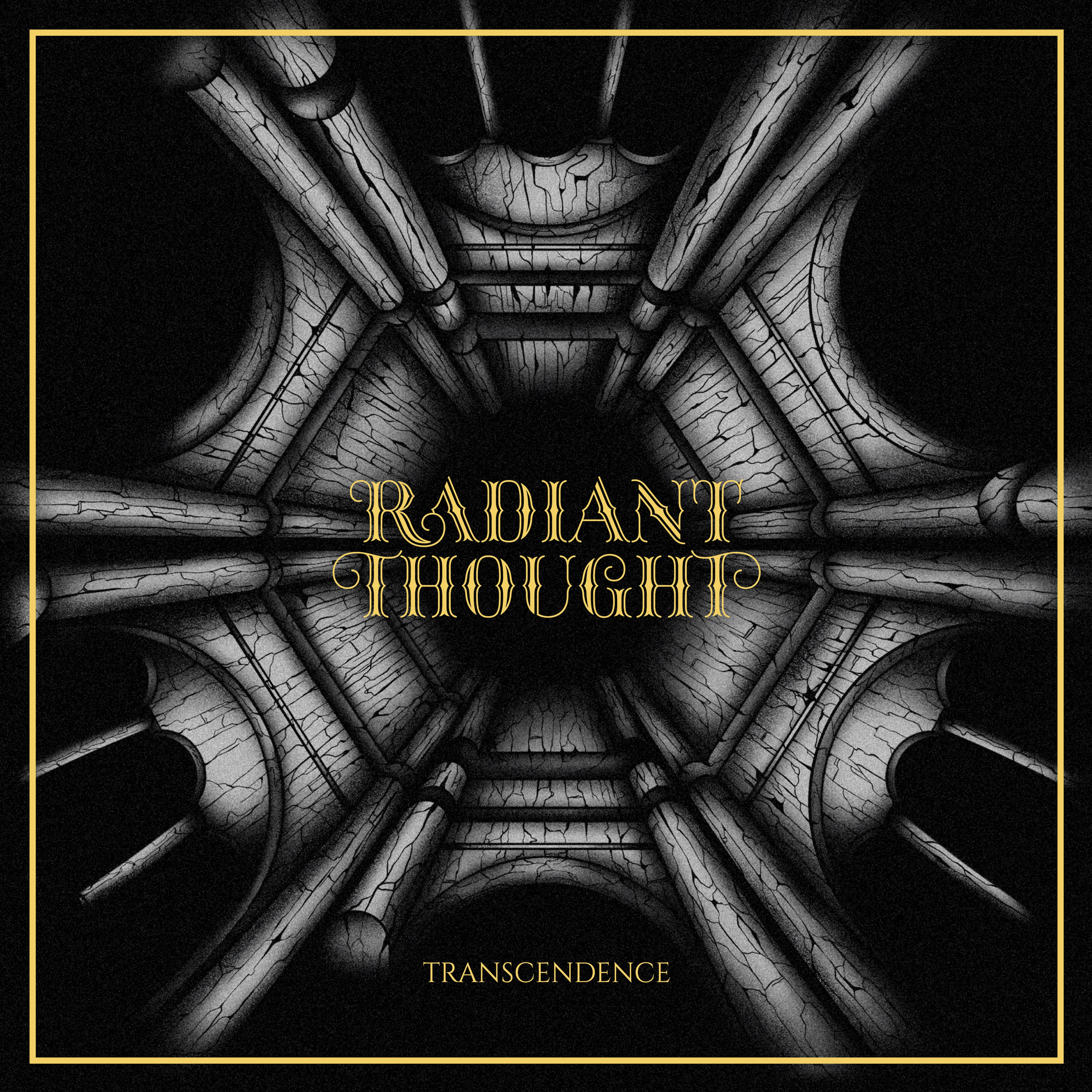
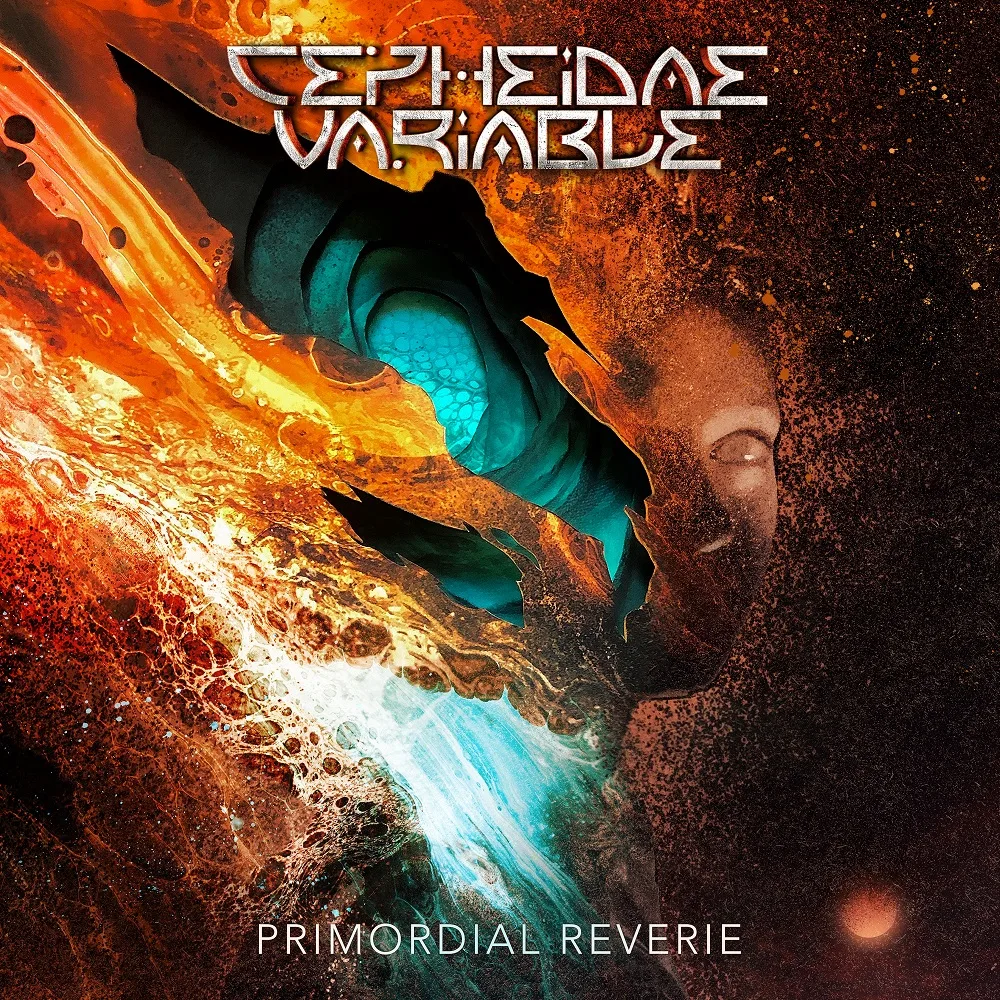
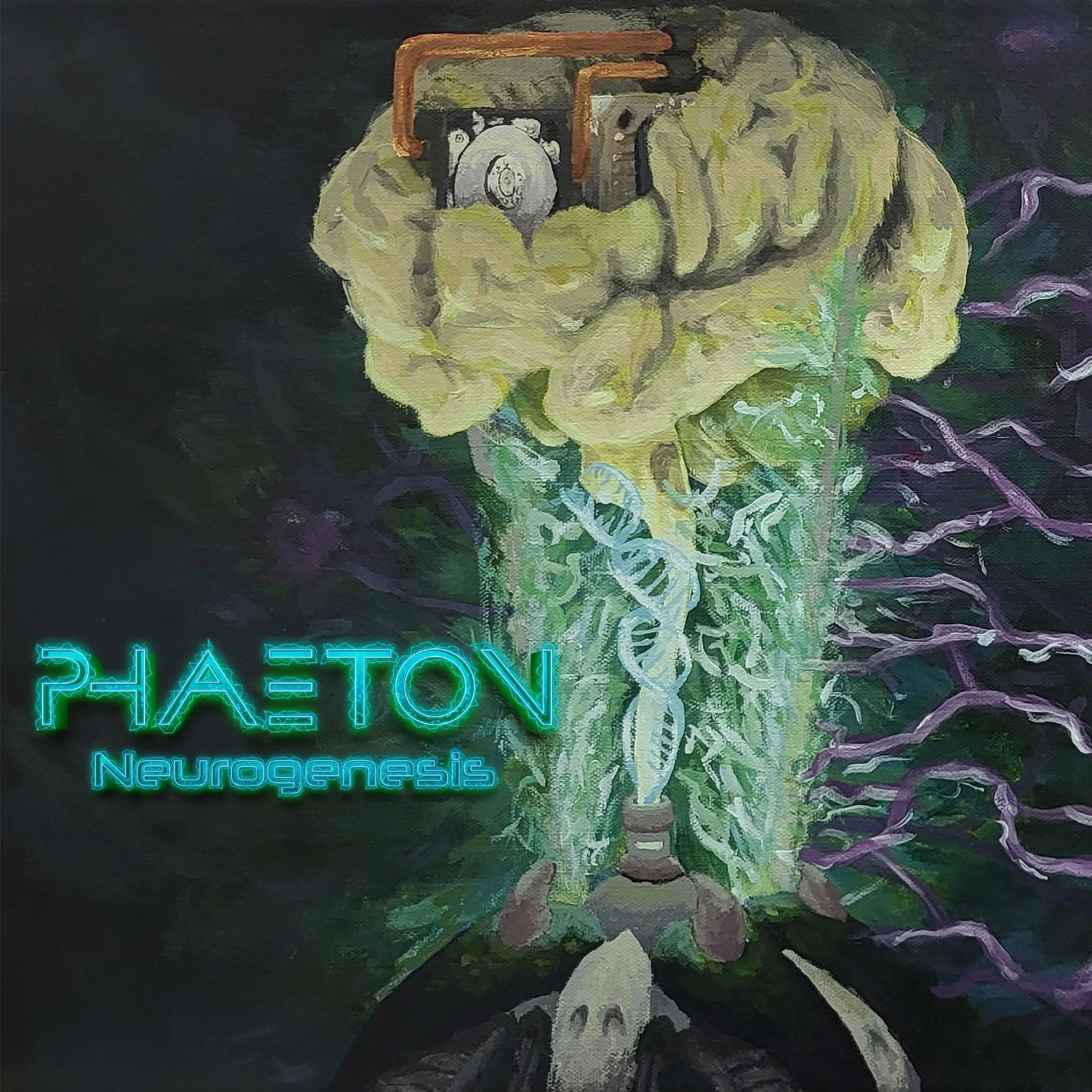
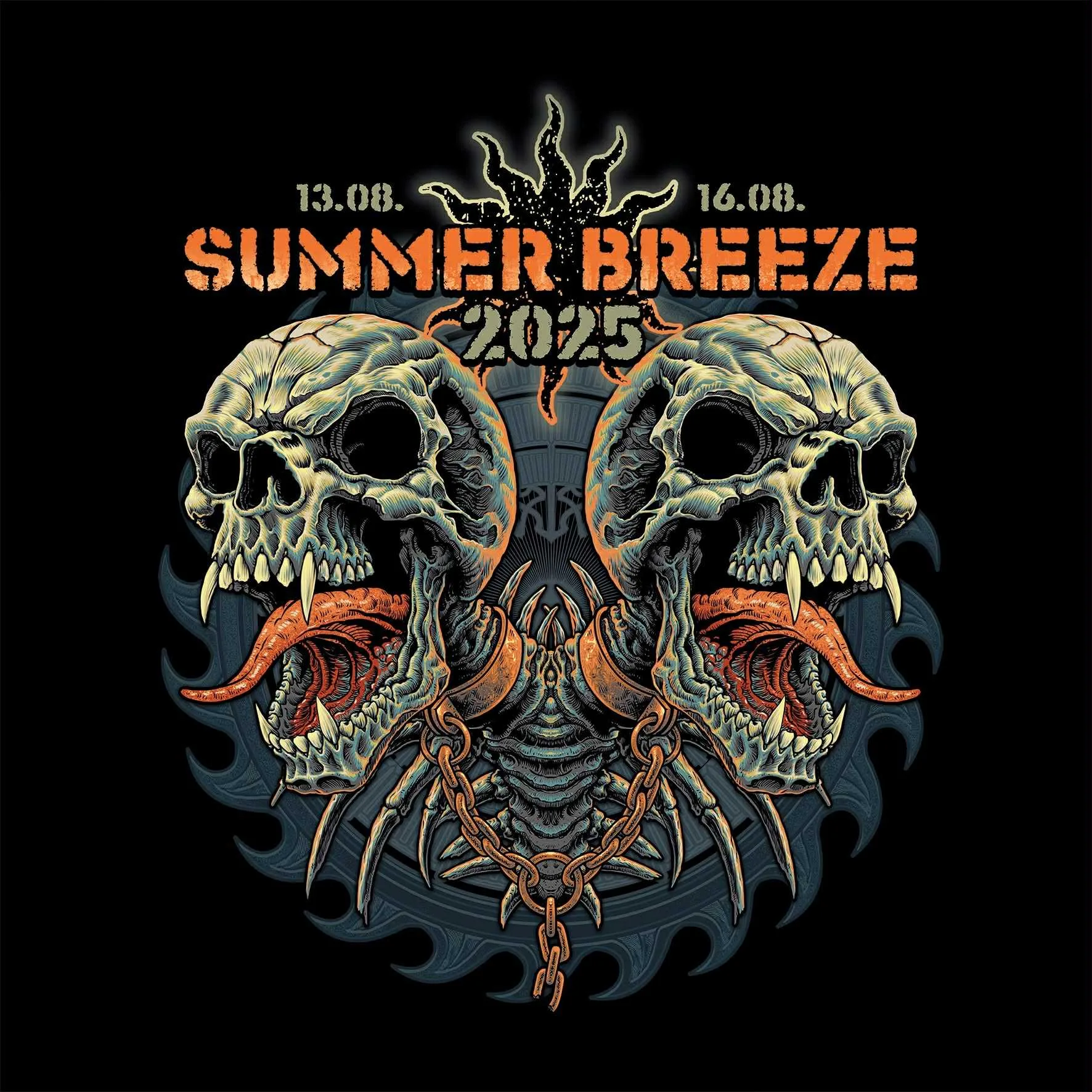



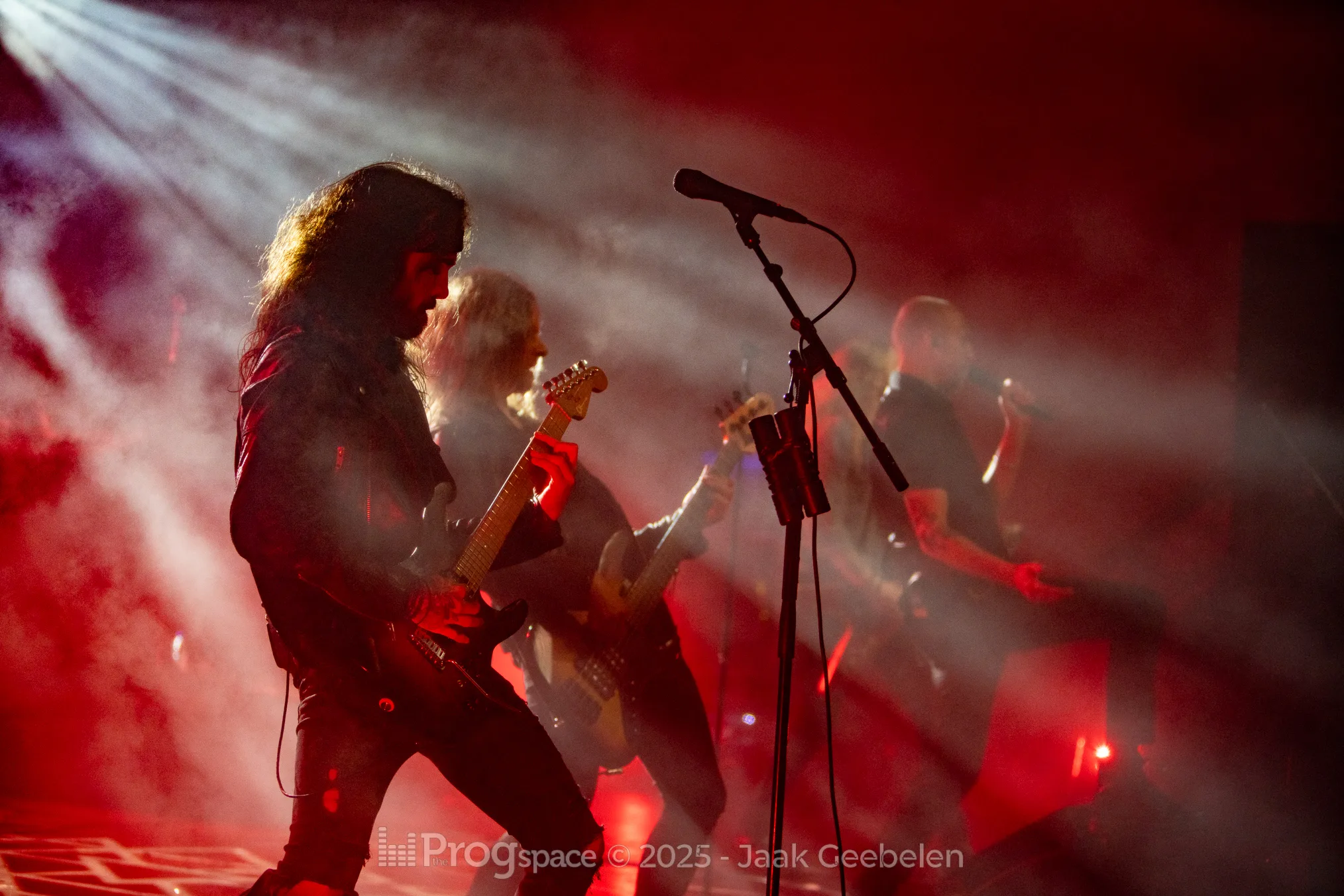
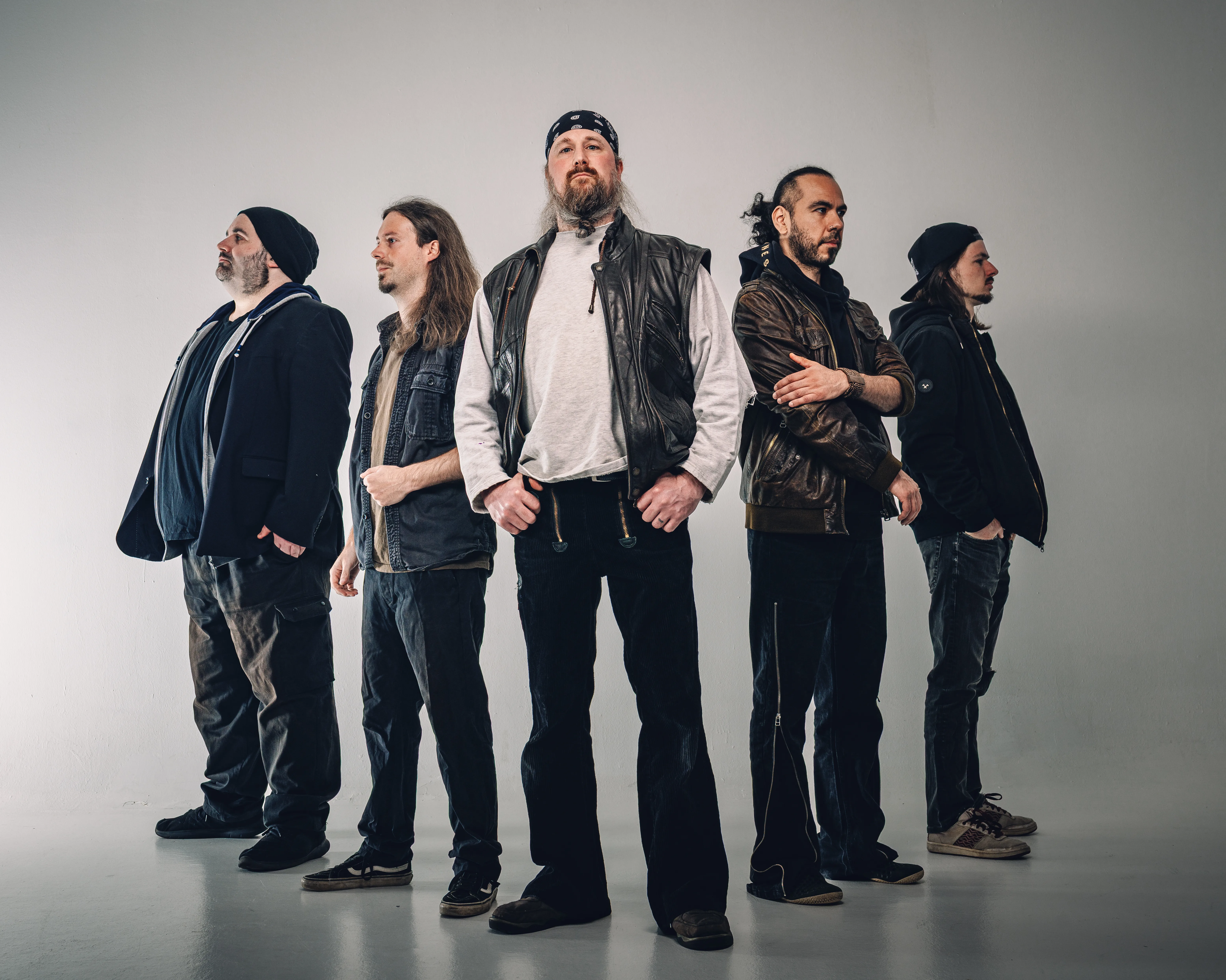
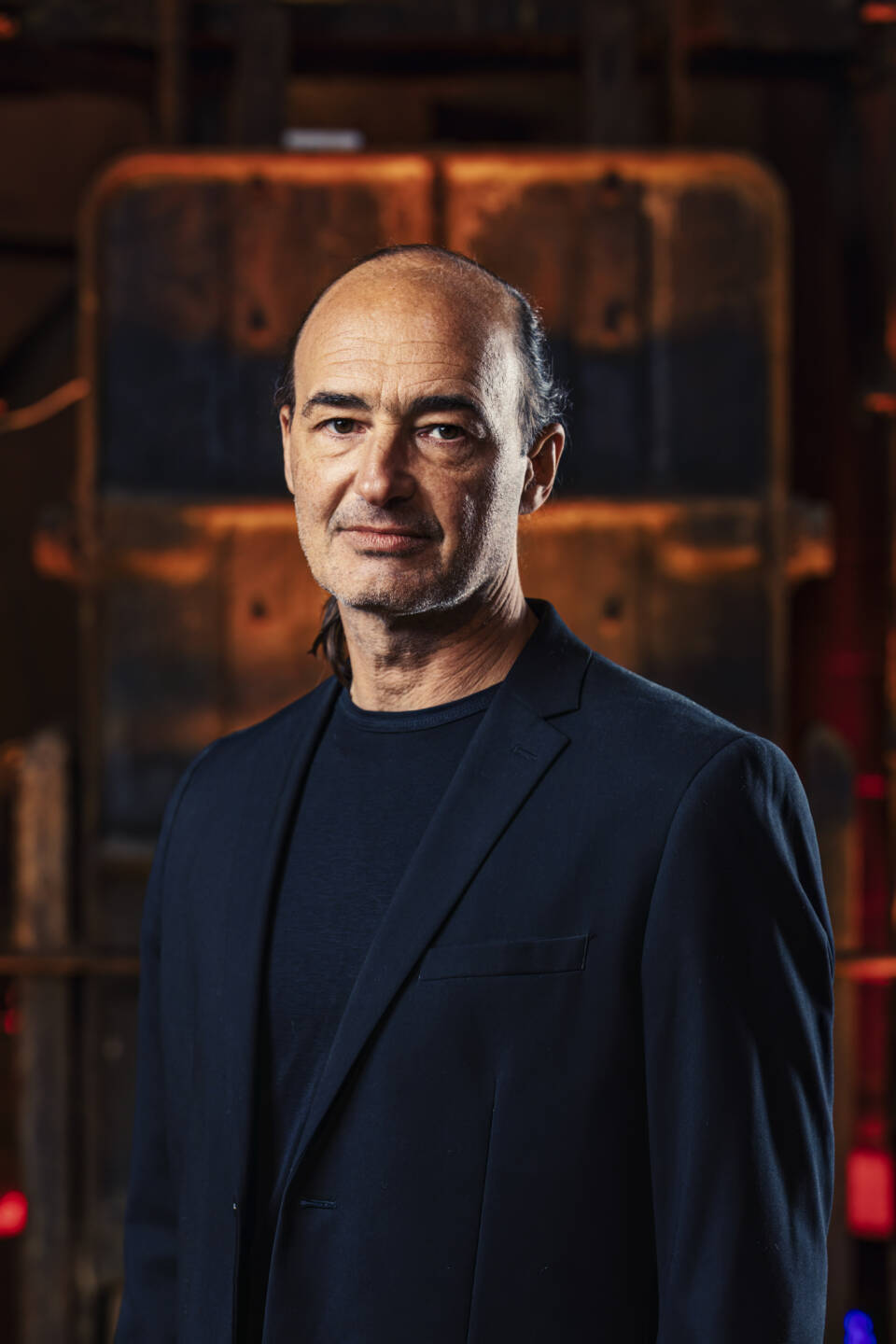

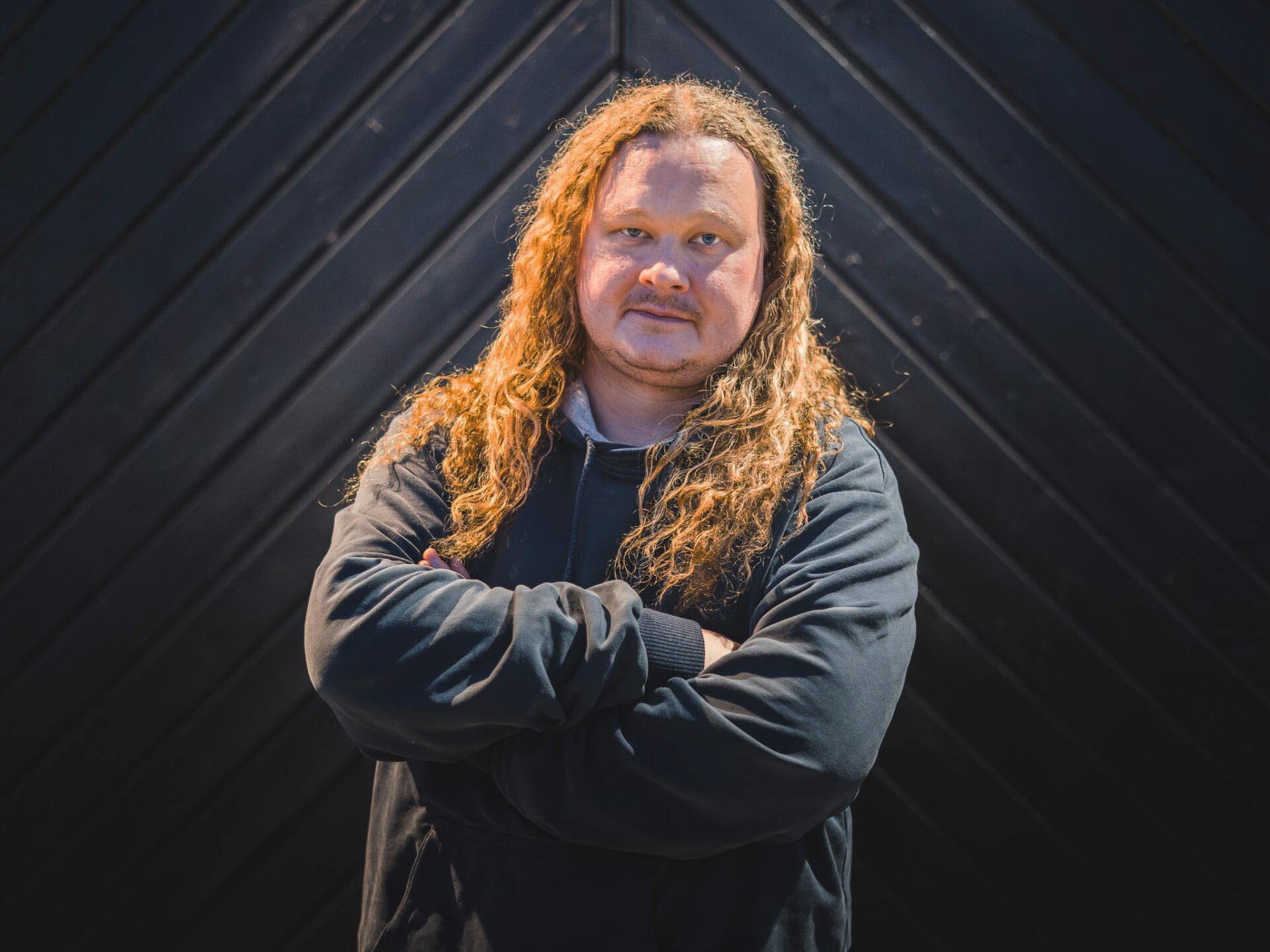
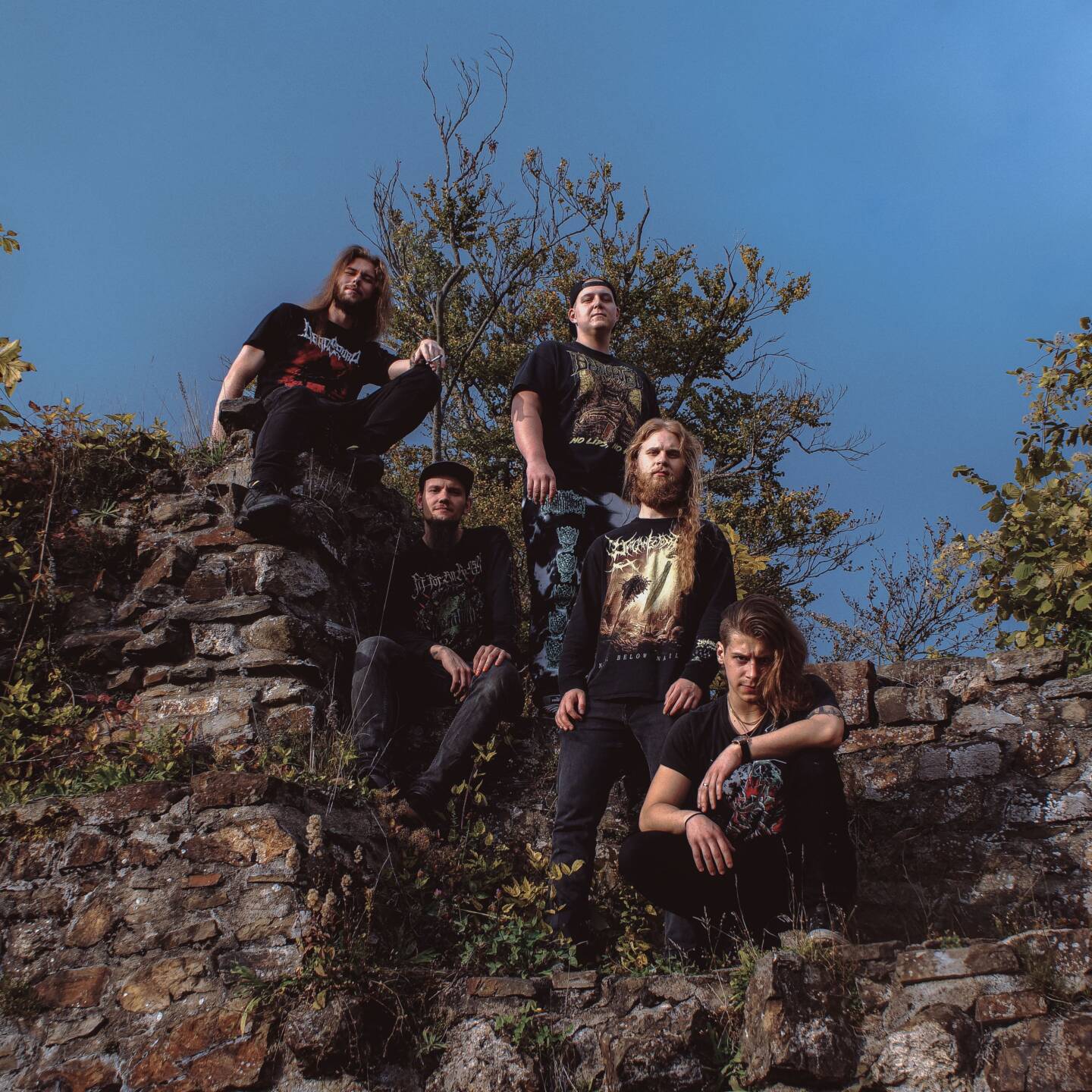
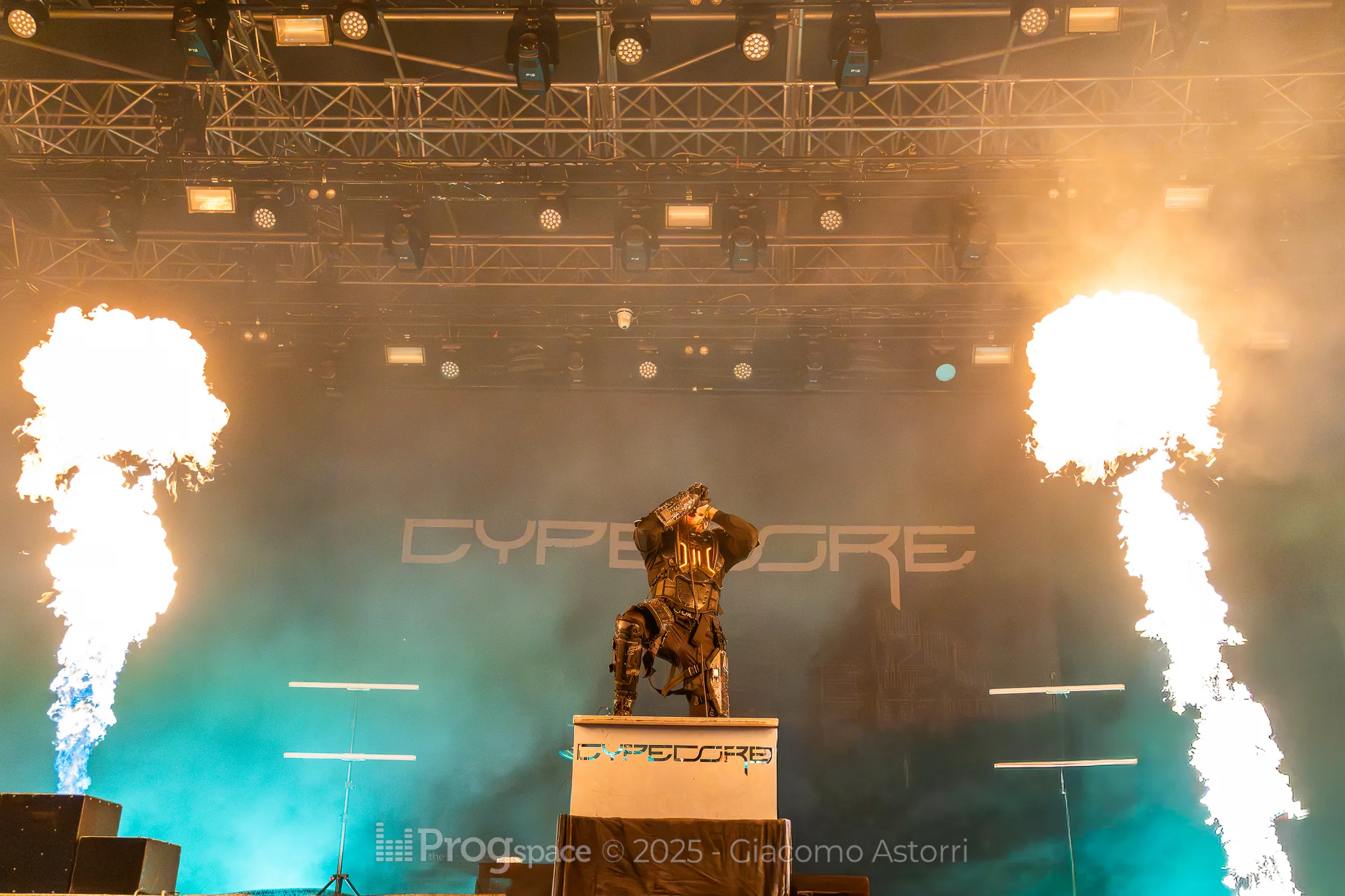
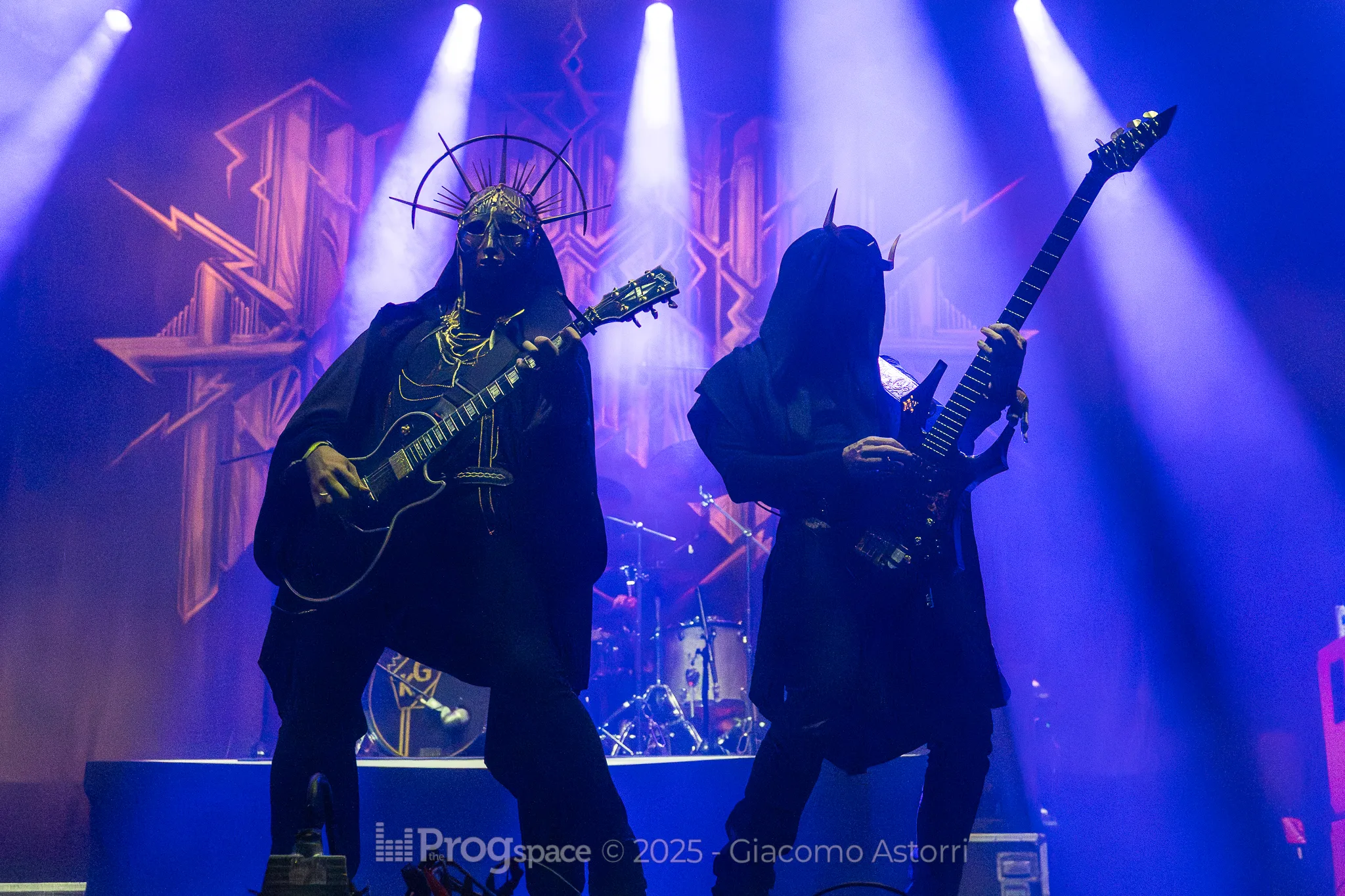
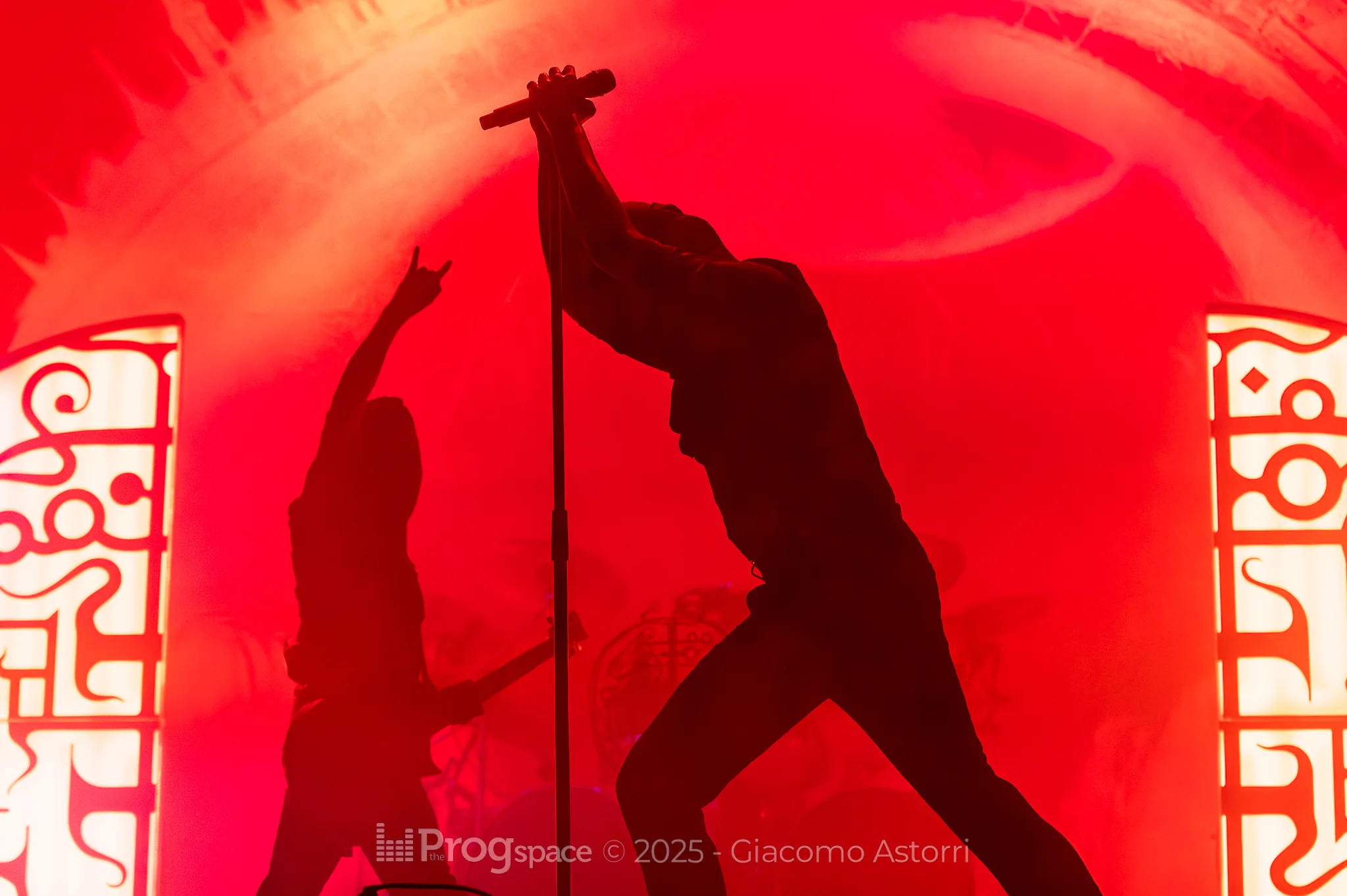
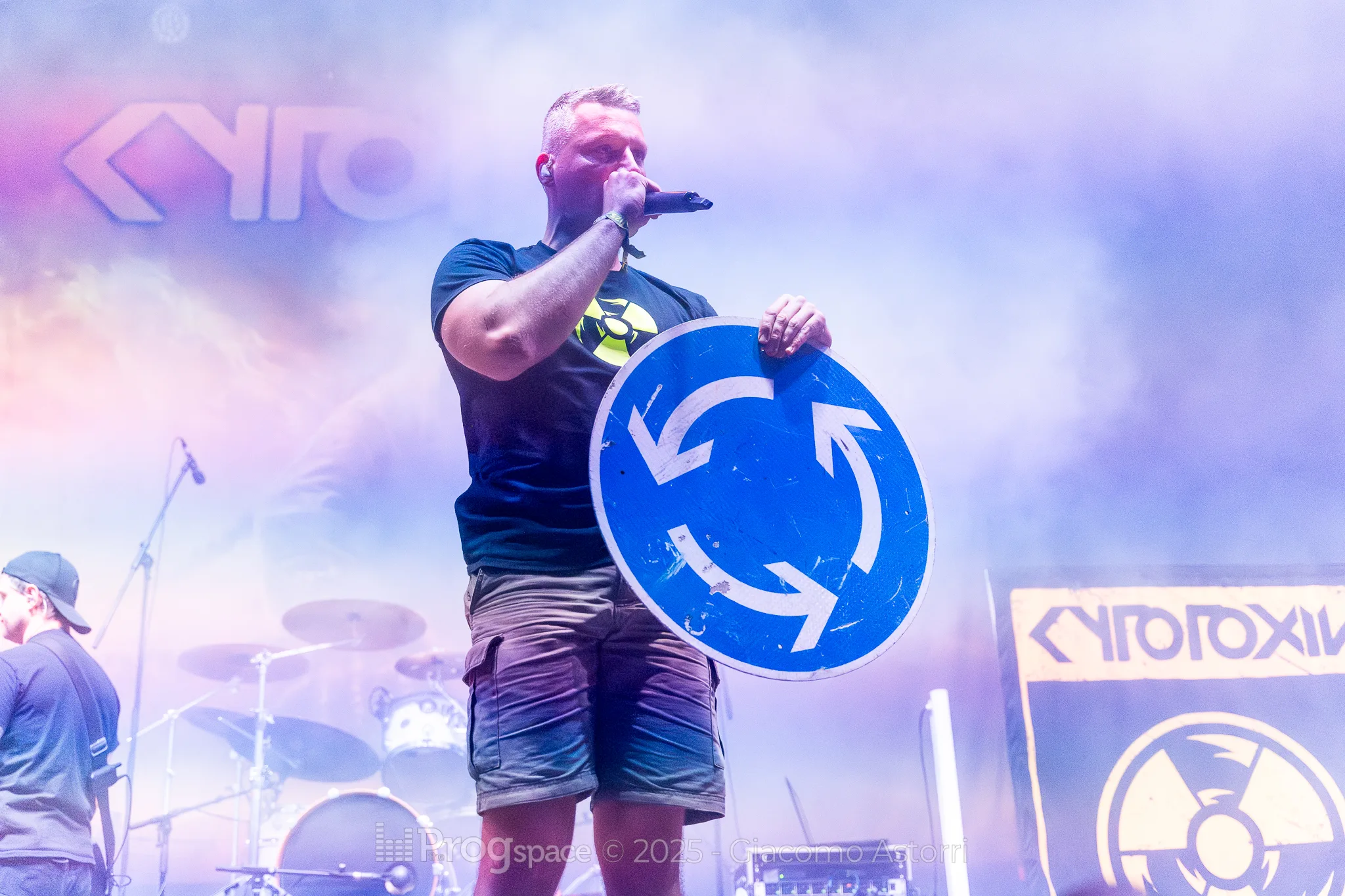
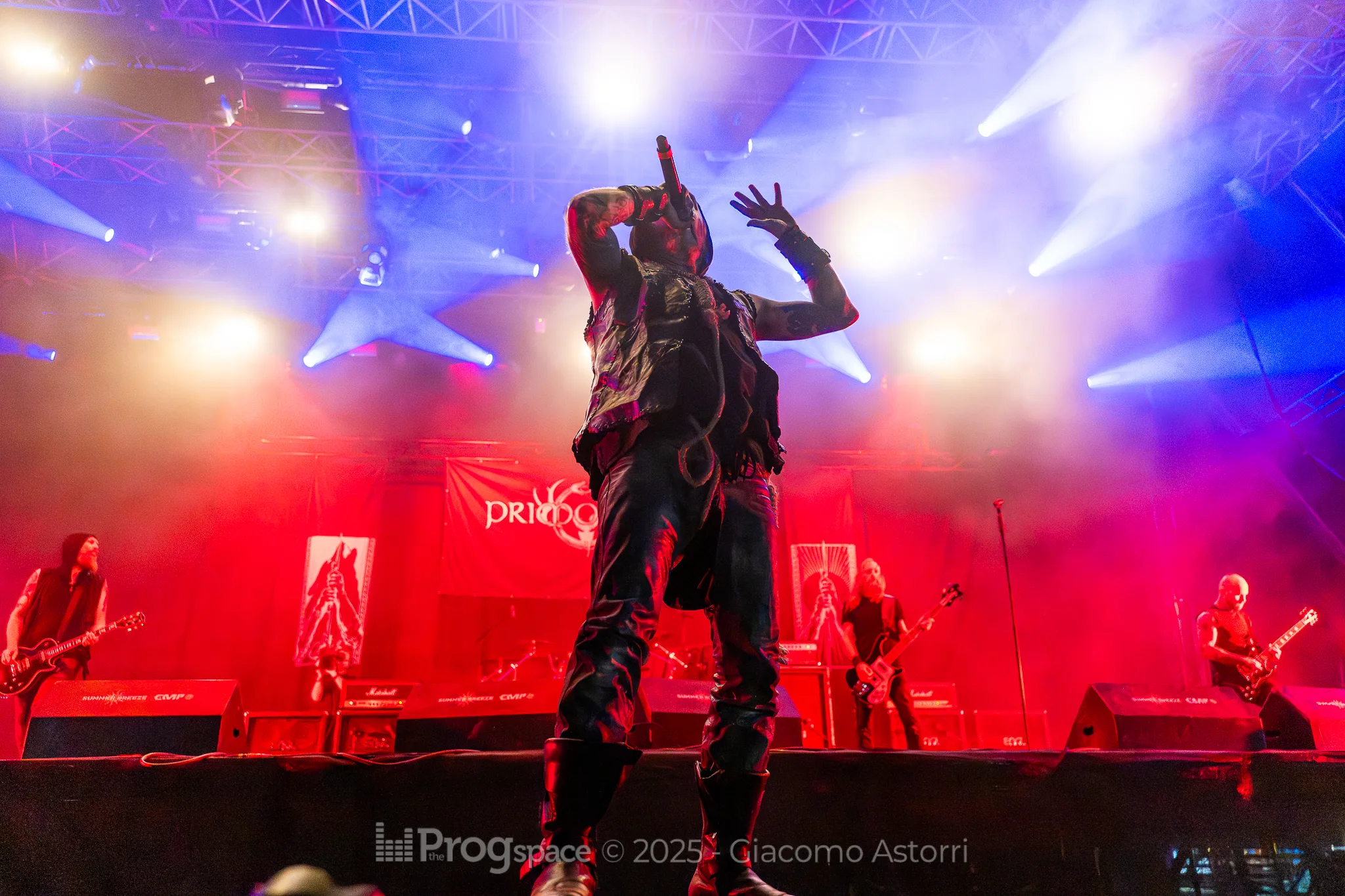
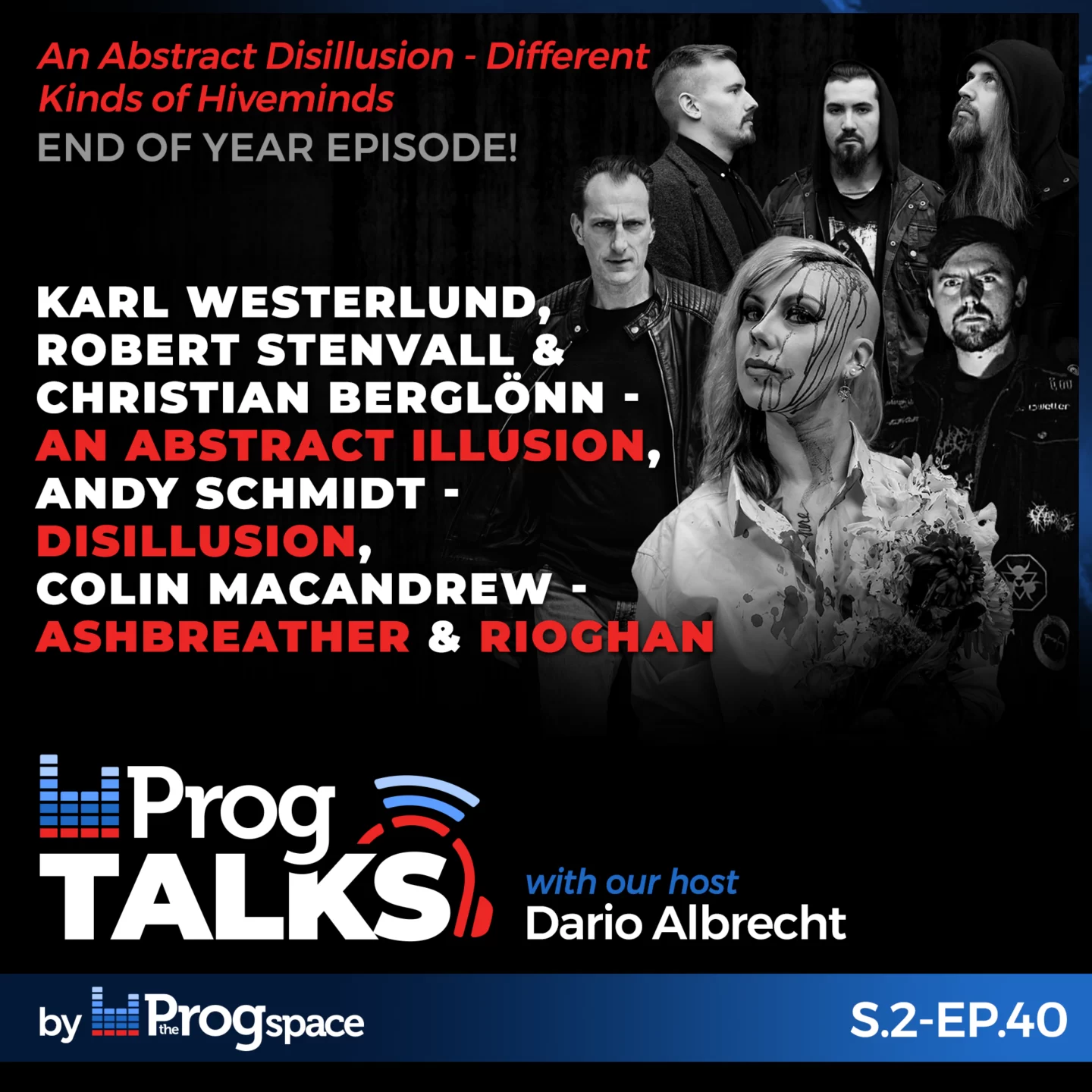
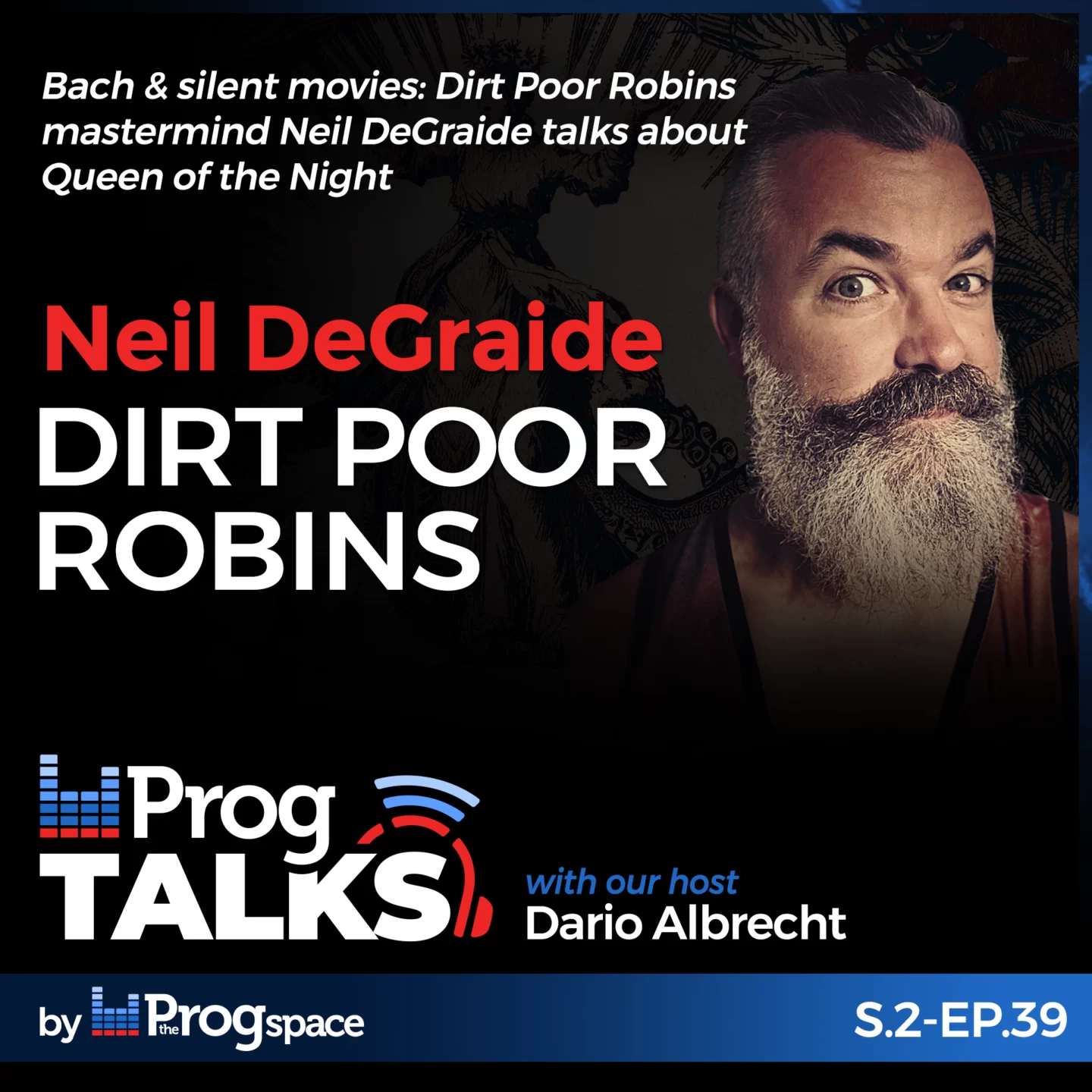
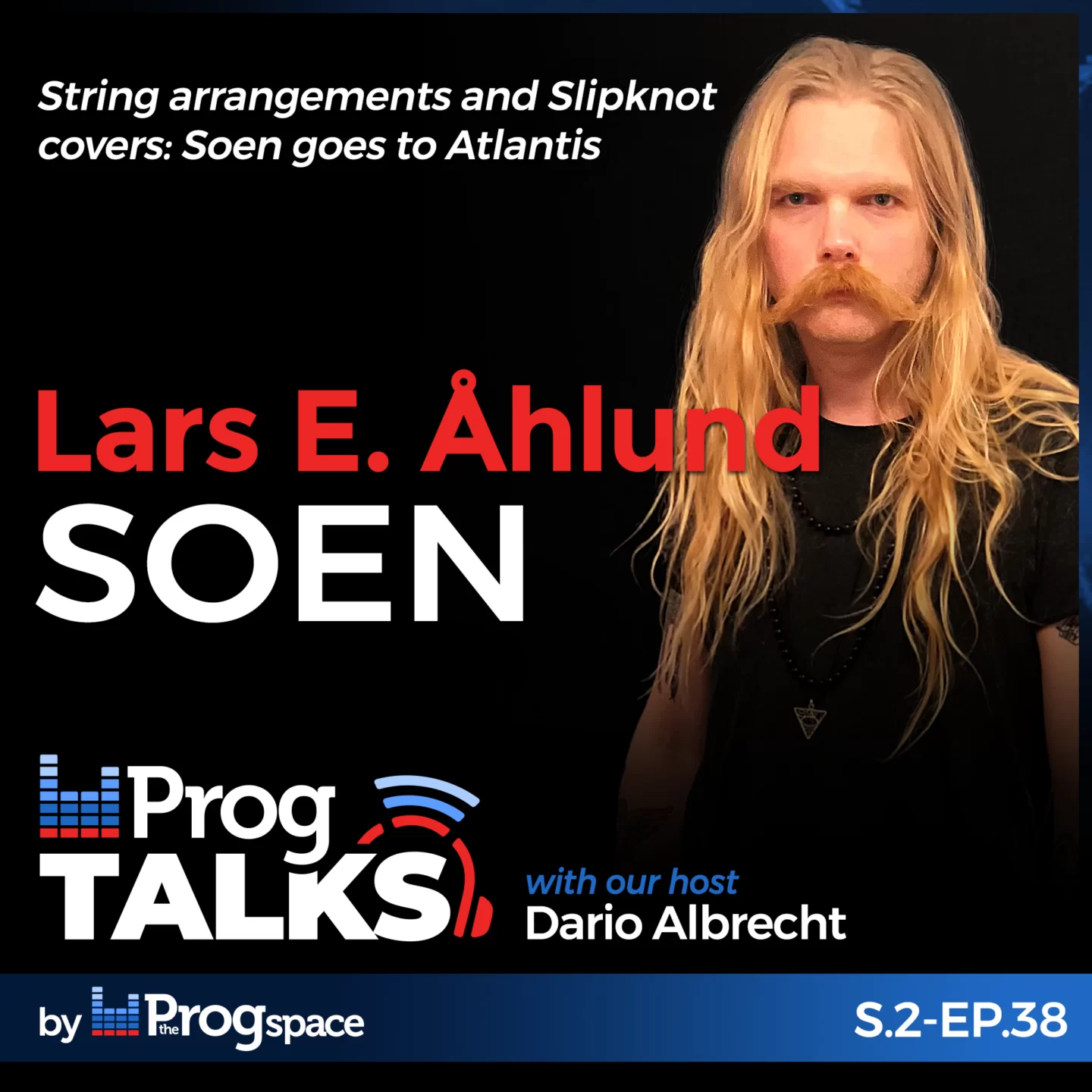
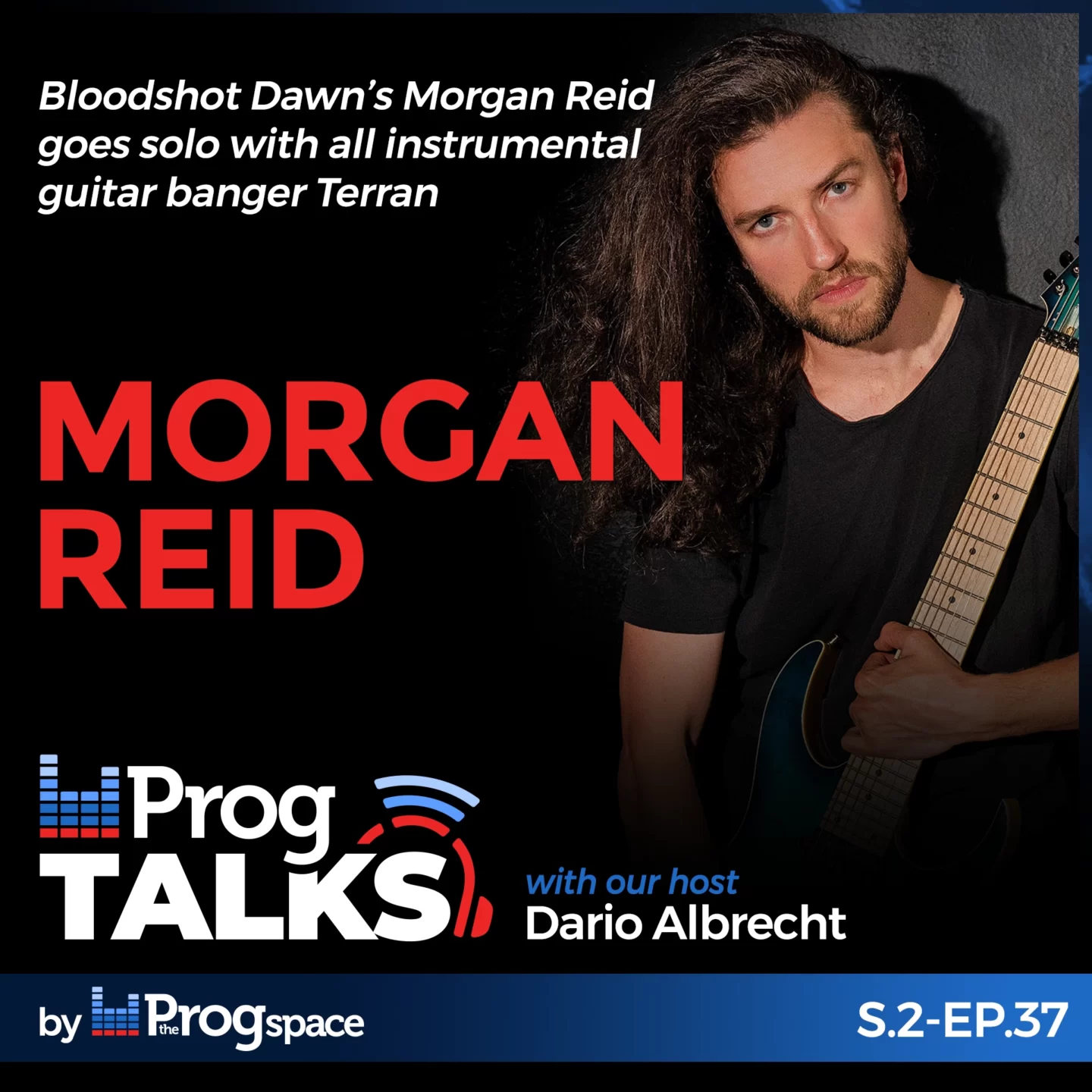
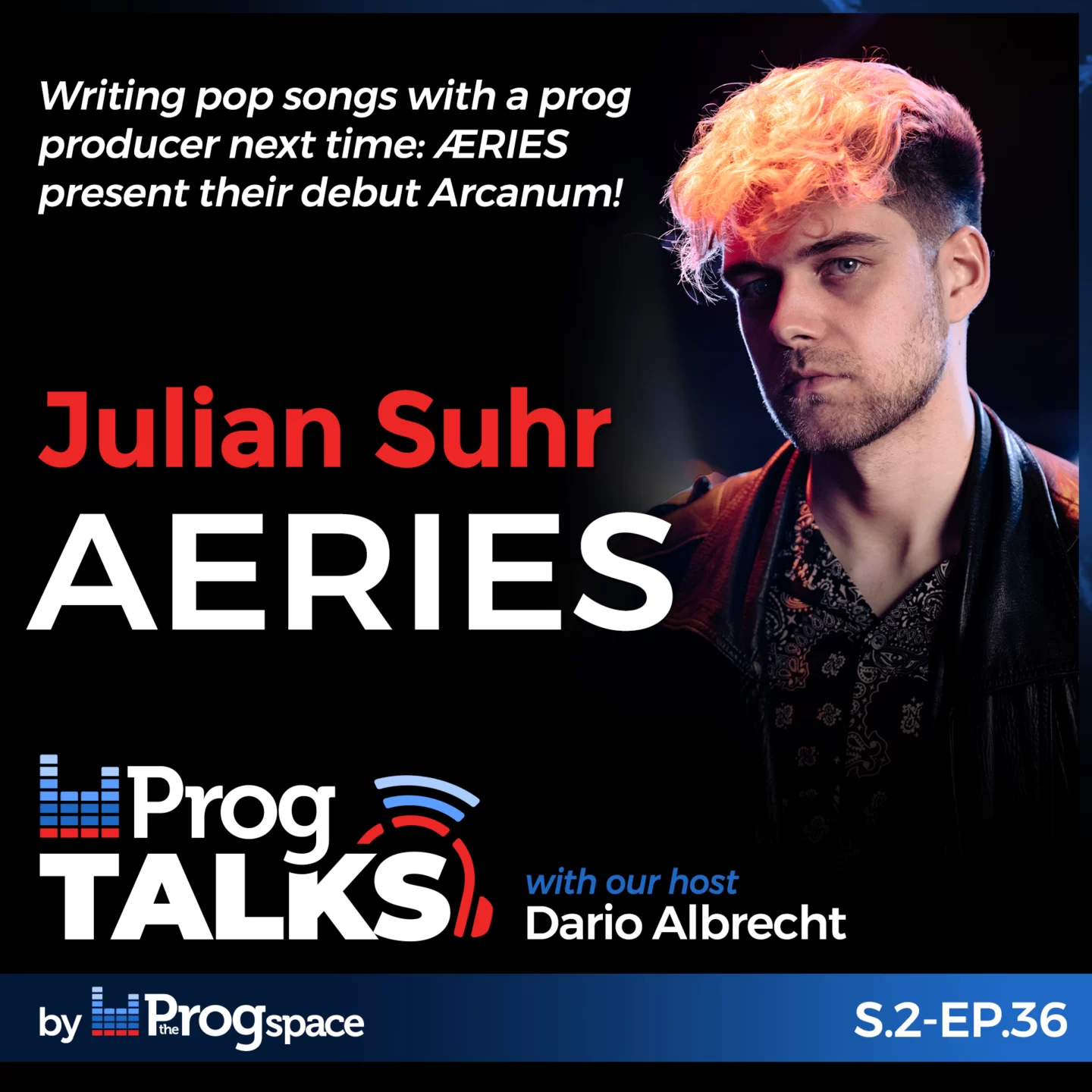
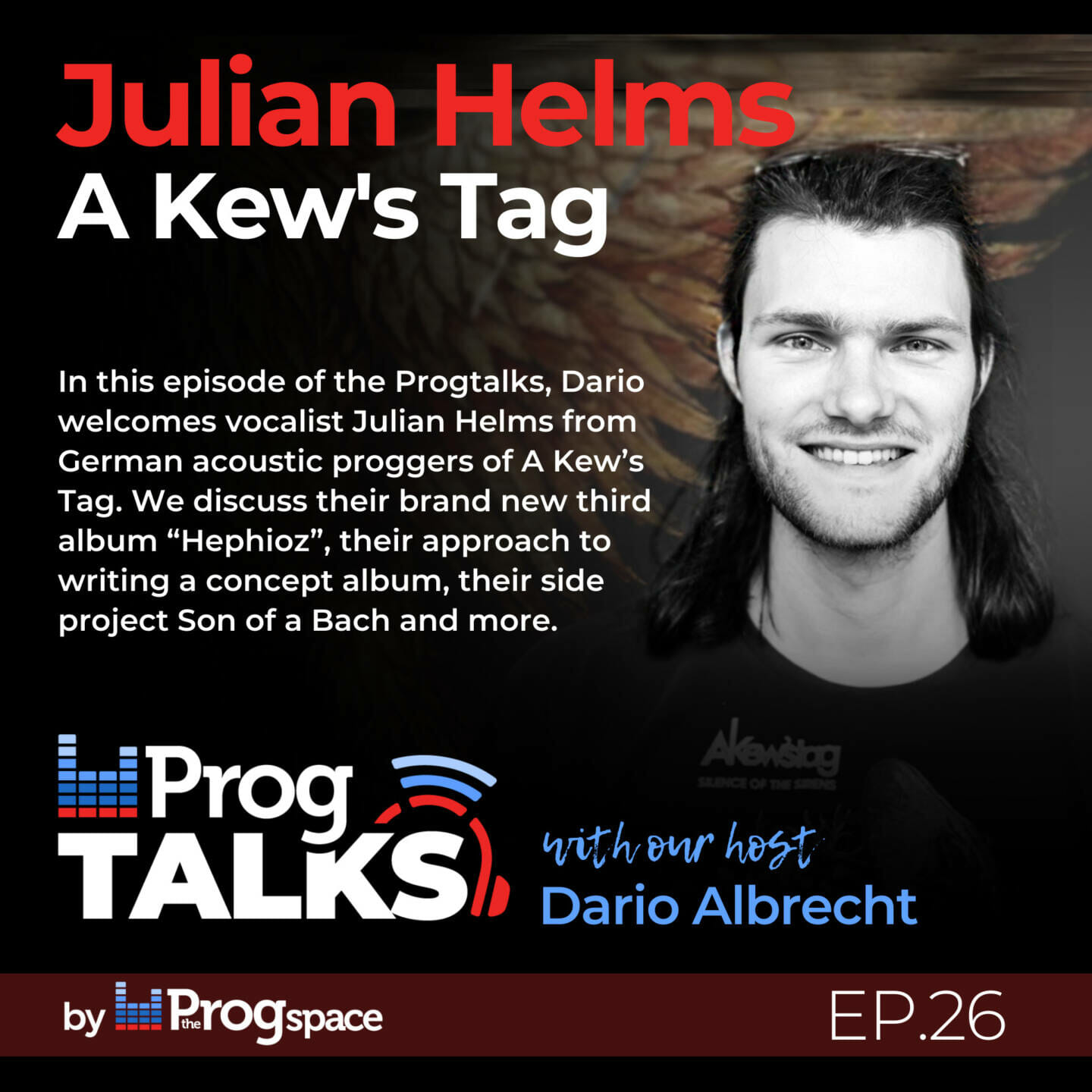


 We’re a group of Prog-lovers who started a journey to share with you our thoughts about albums, concerts, tours and festivals, the photo galleries of the Prog concerts we visit, as well interviews with upcoming or established musicians or prog-related people. Follow our Facebook page for frequent updates and news around the Progniverse.
We’re a group of Prog-lovers who started a journey to share with you our thoughts about albums, concerts, tours and festivals, the photo galleries of the Prog concerts we visit, as well interviews with upcoming or established musicians or prog-related people. Follow our Facebook page for frequent updates and news around the Progniverse.
0 Comments